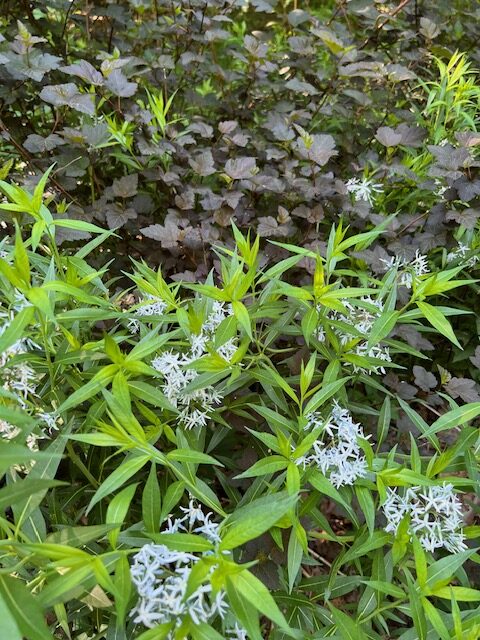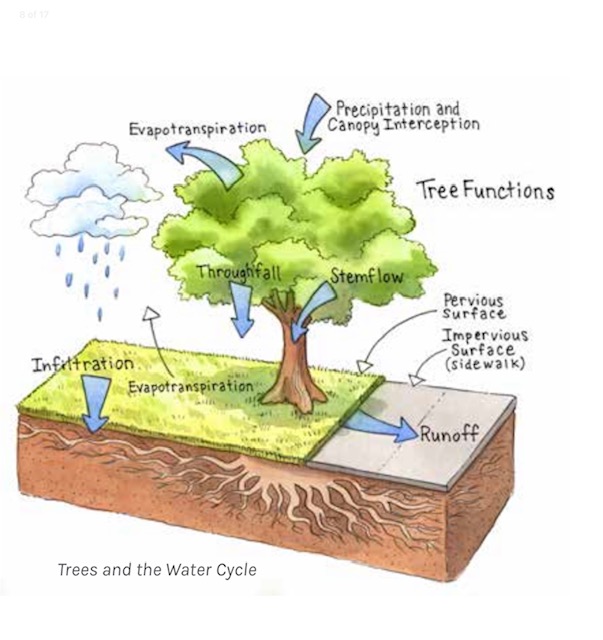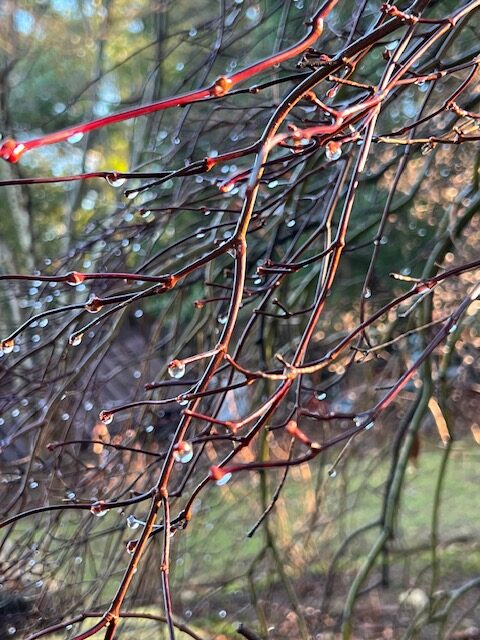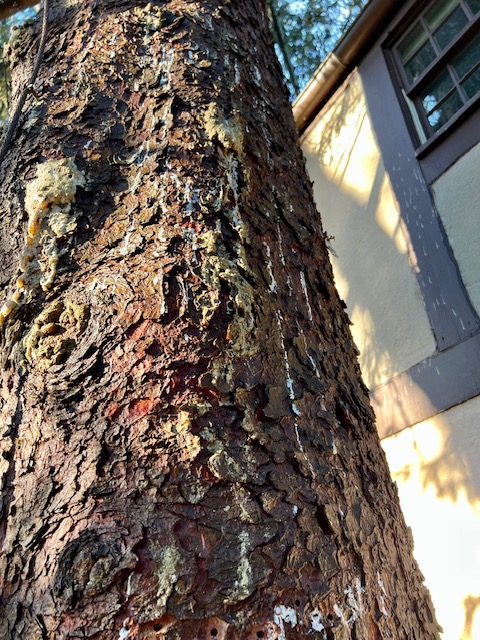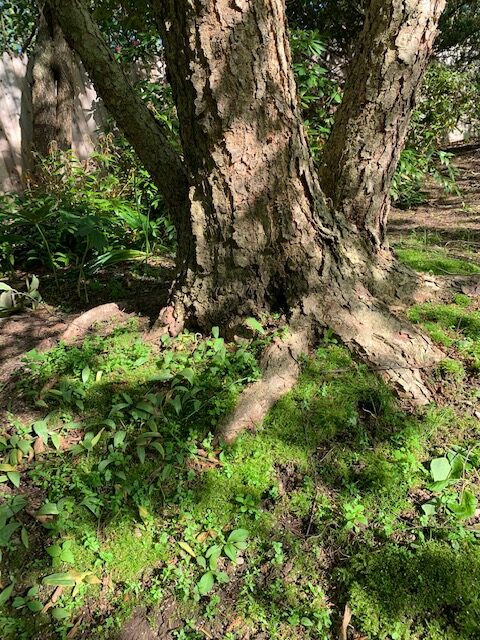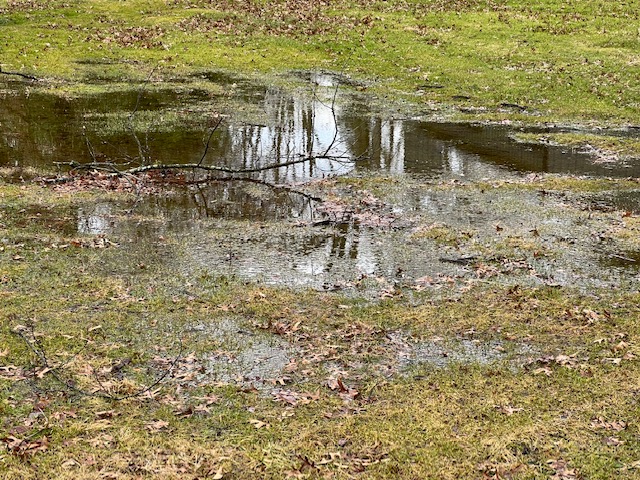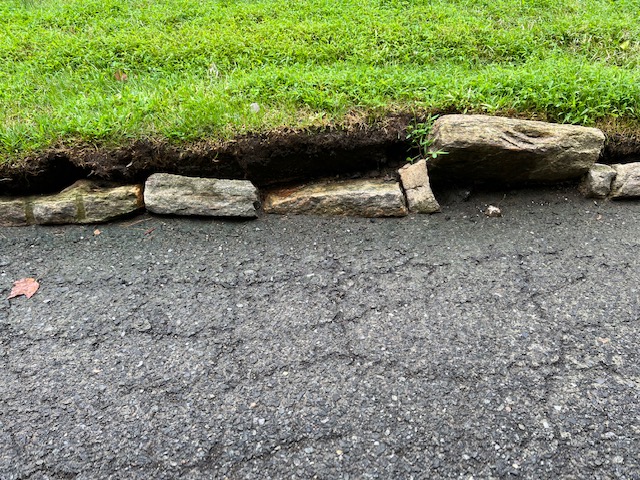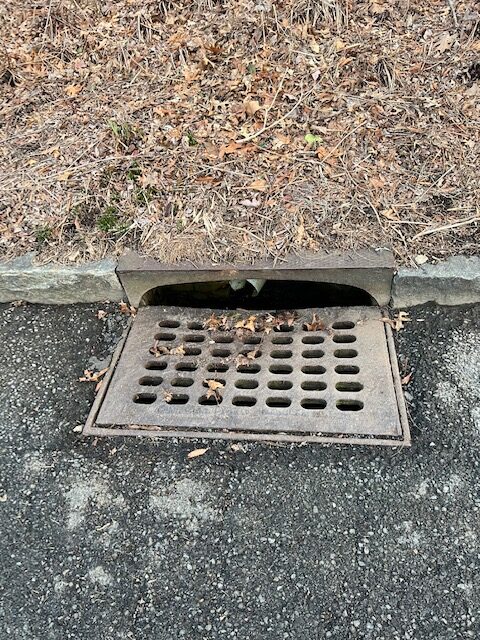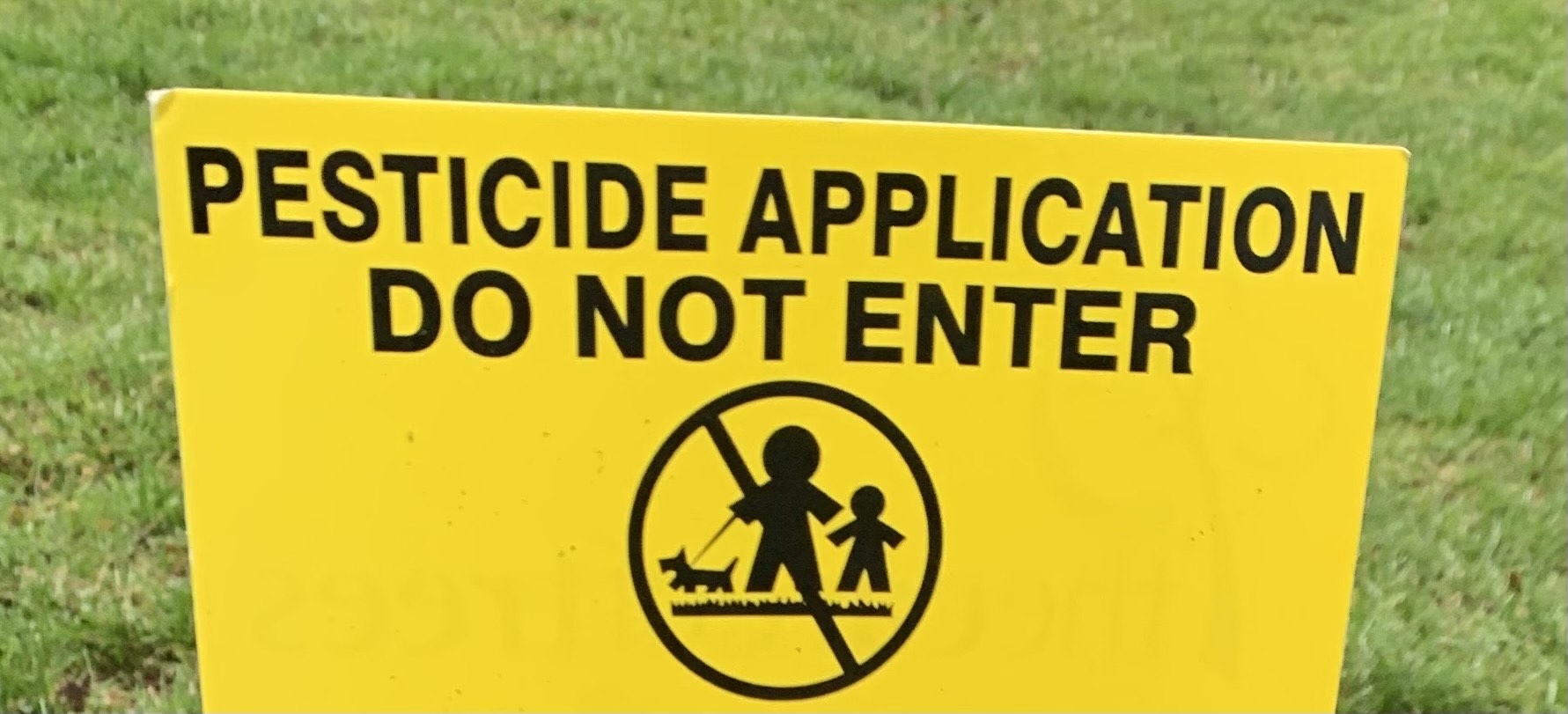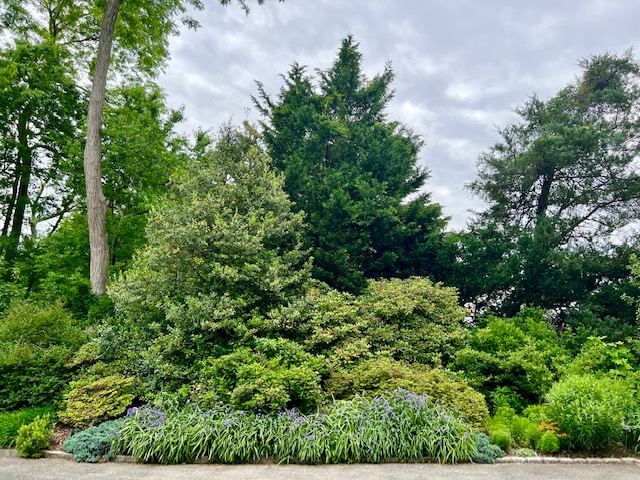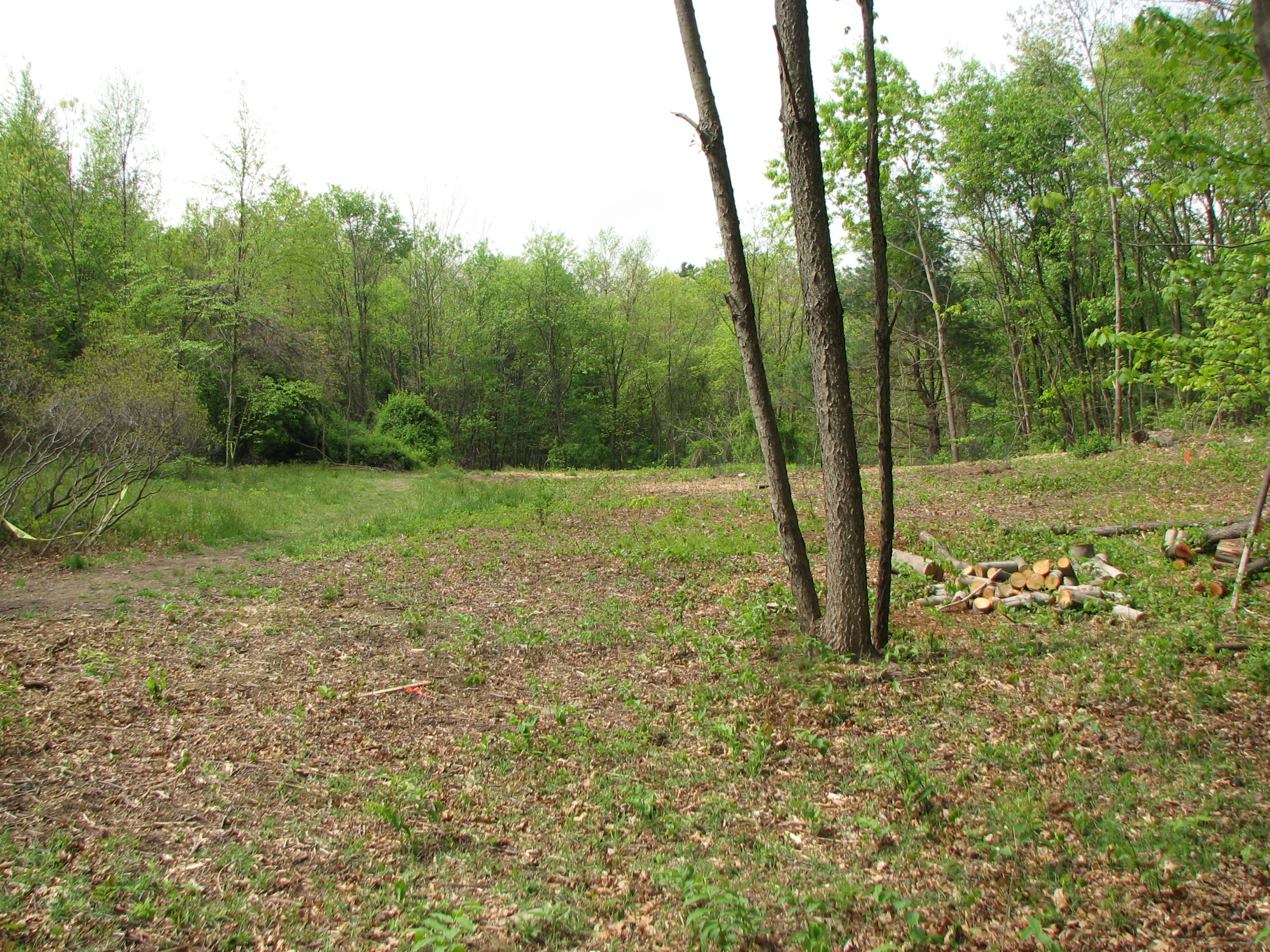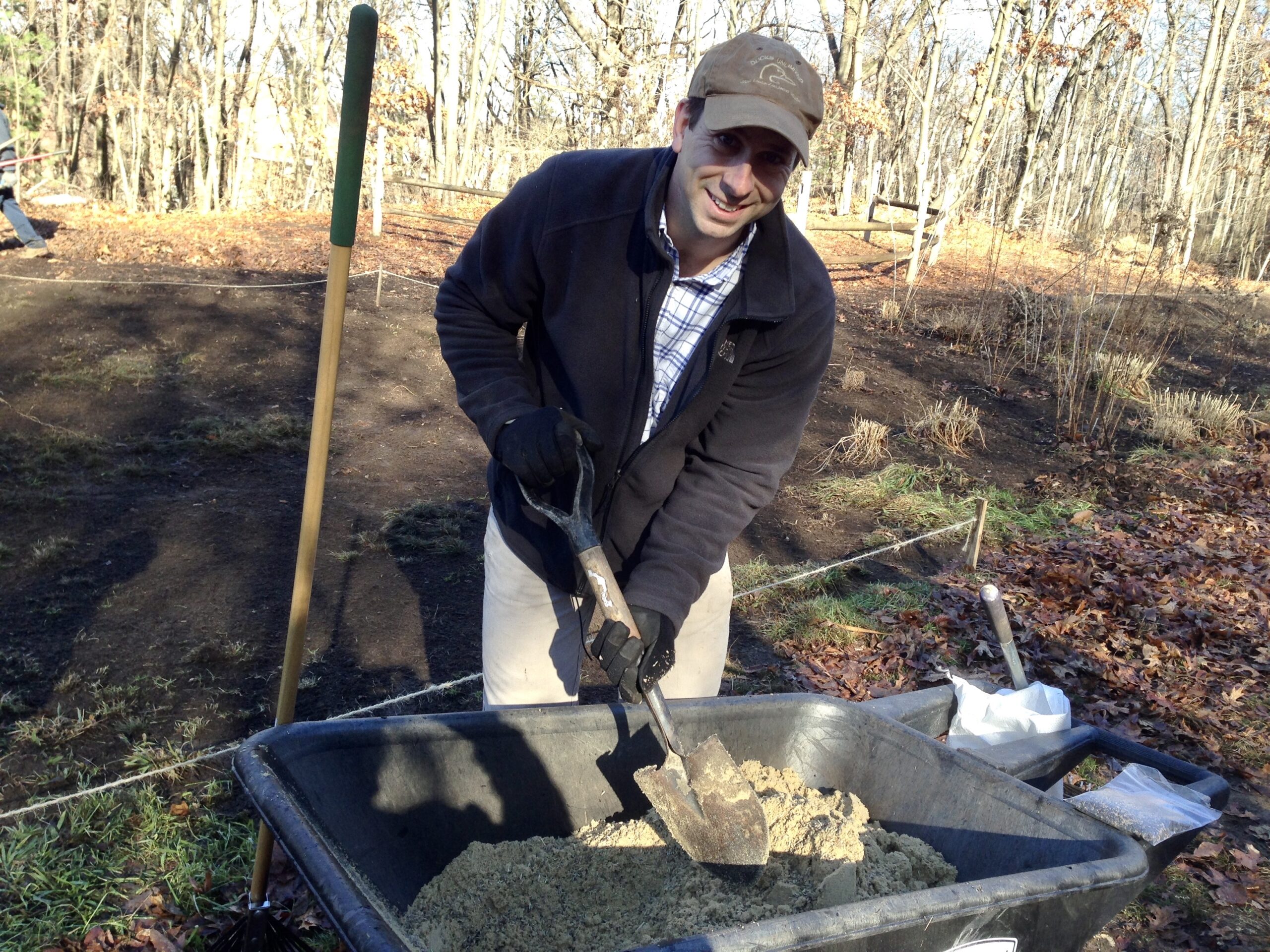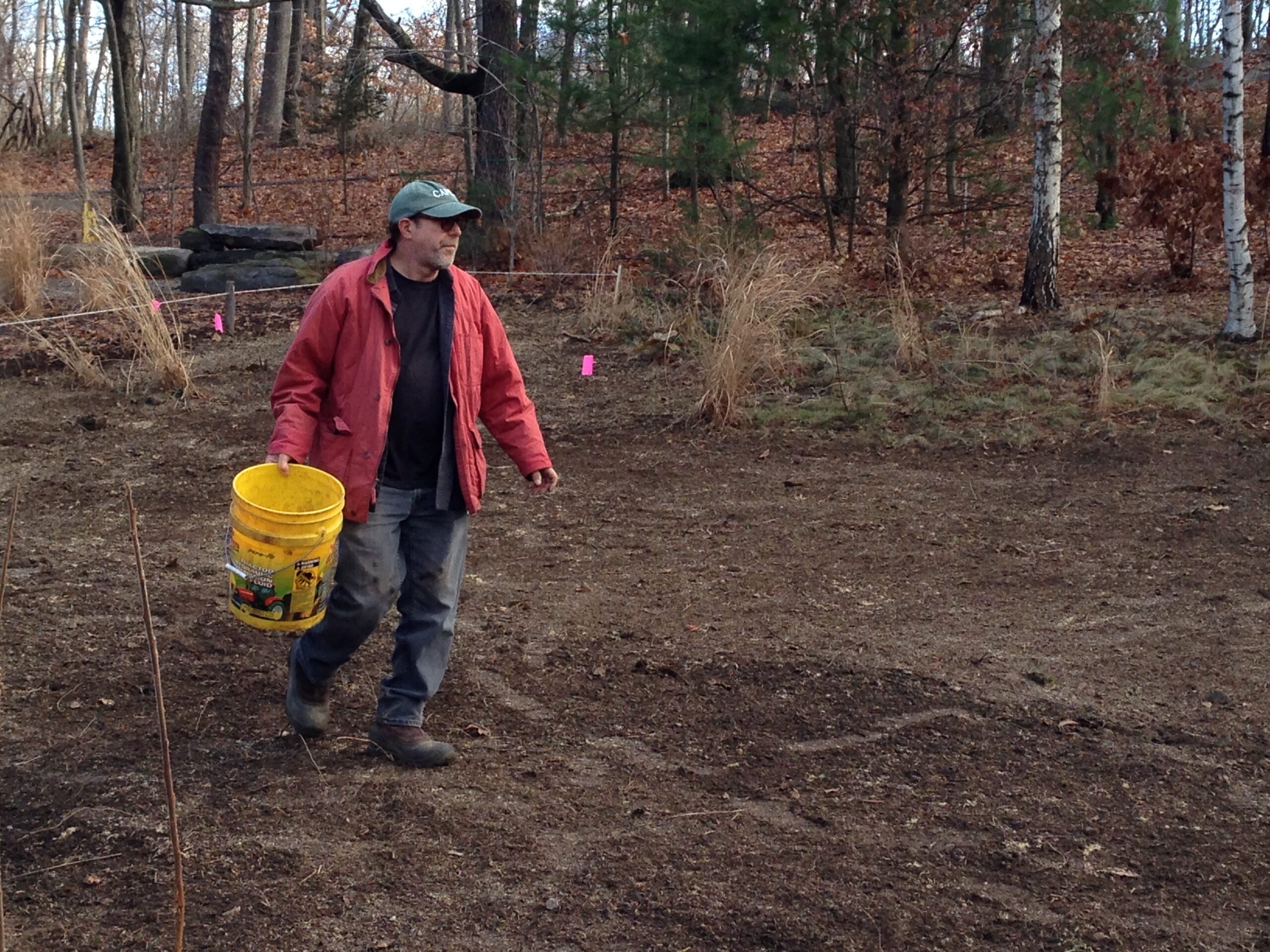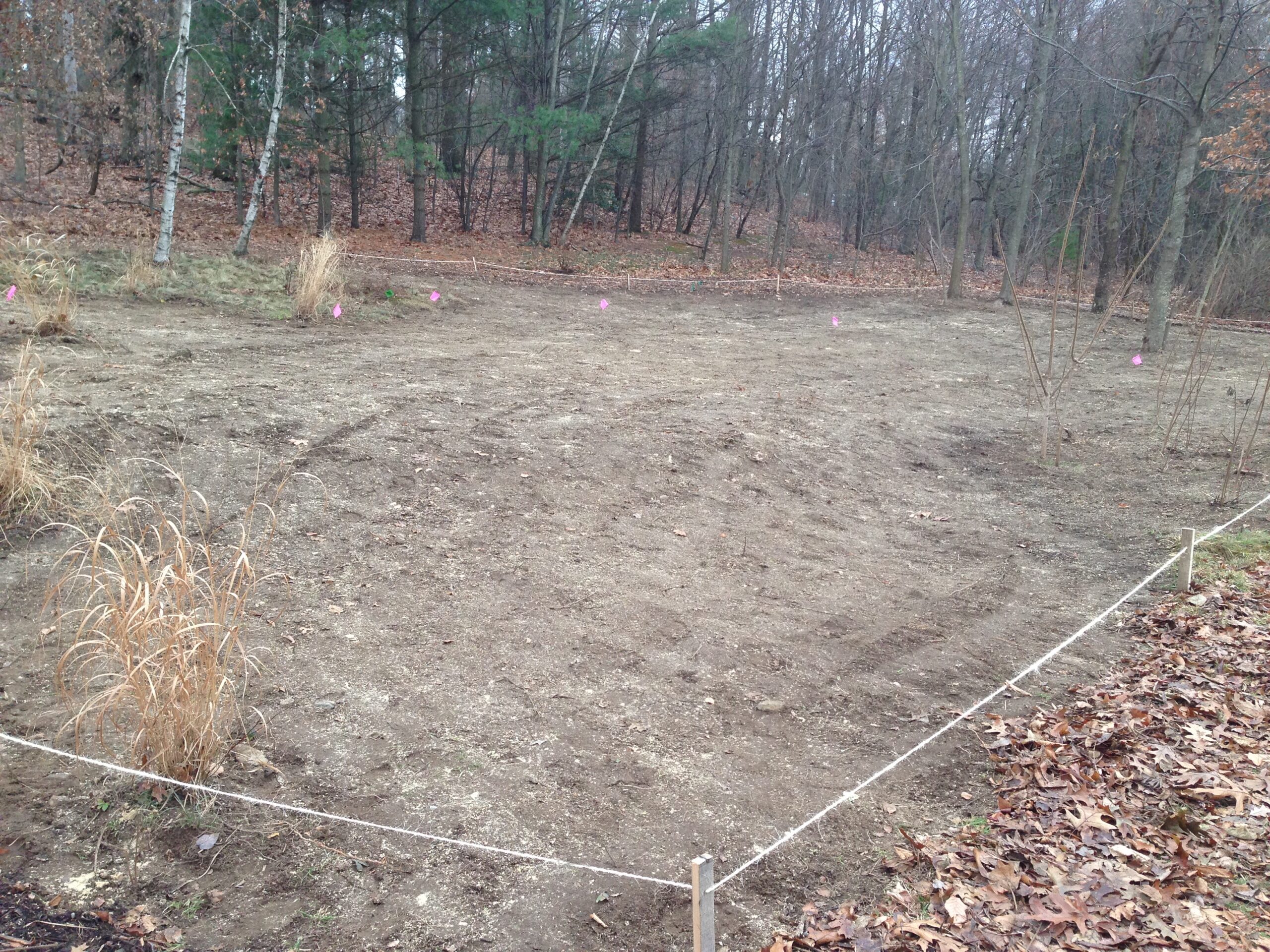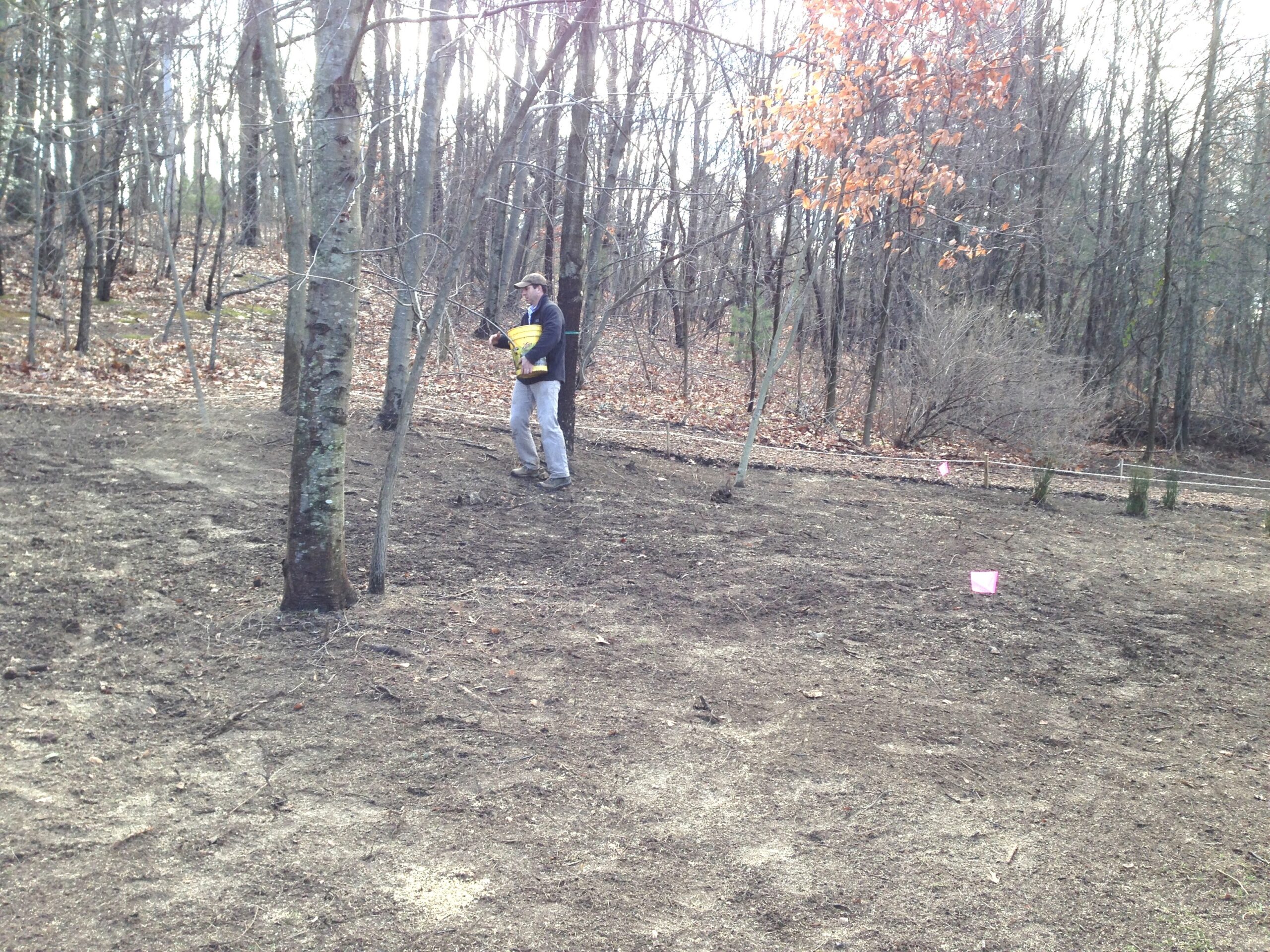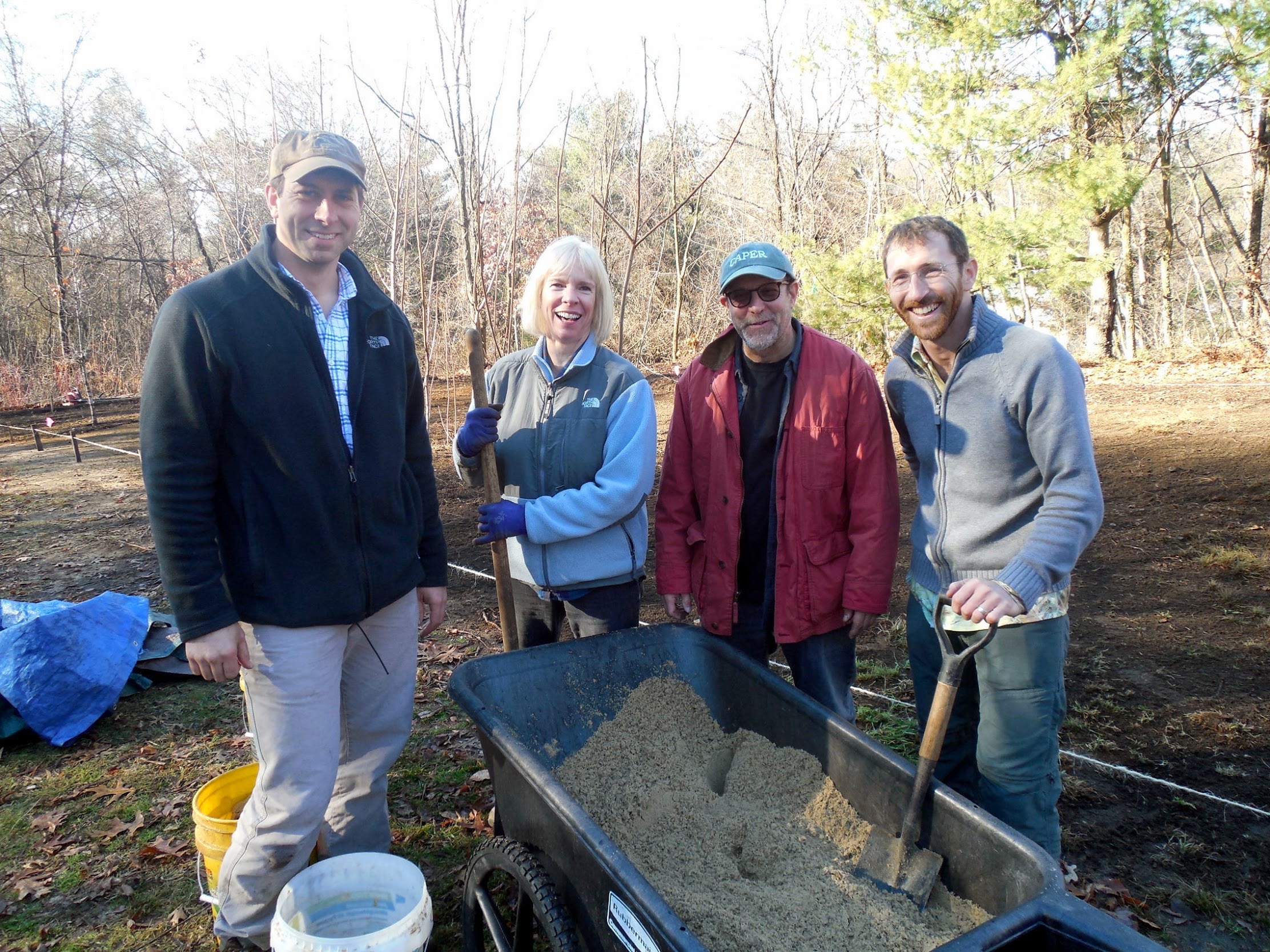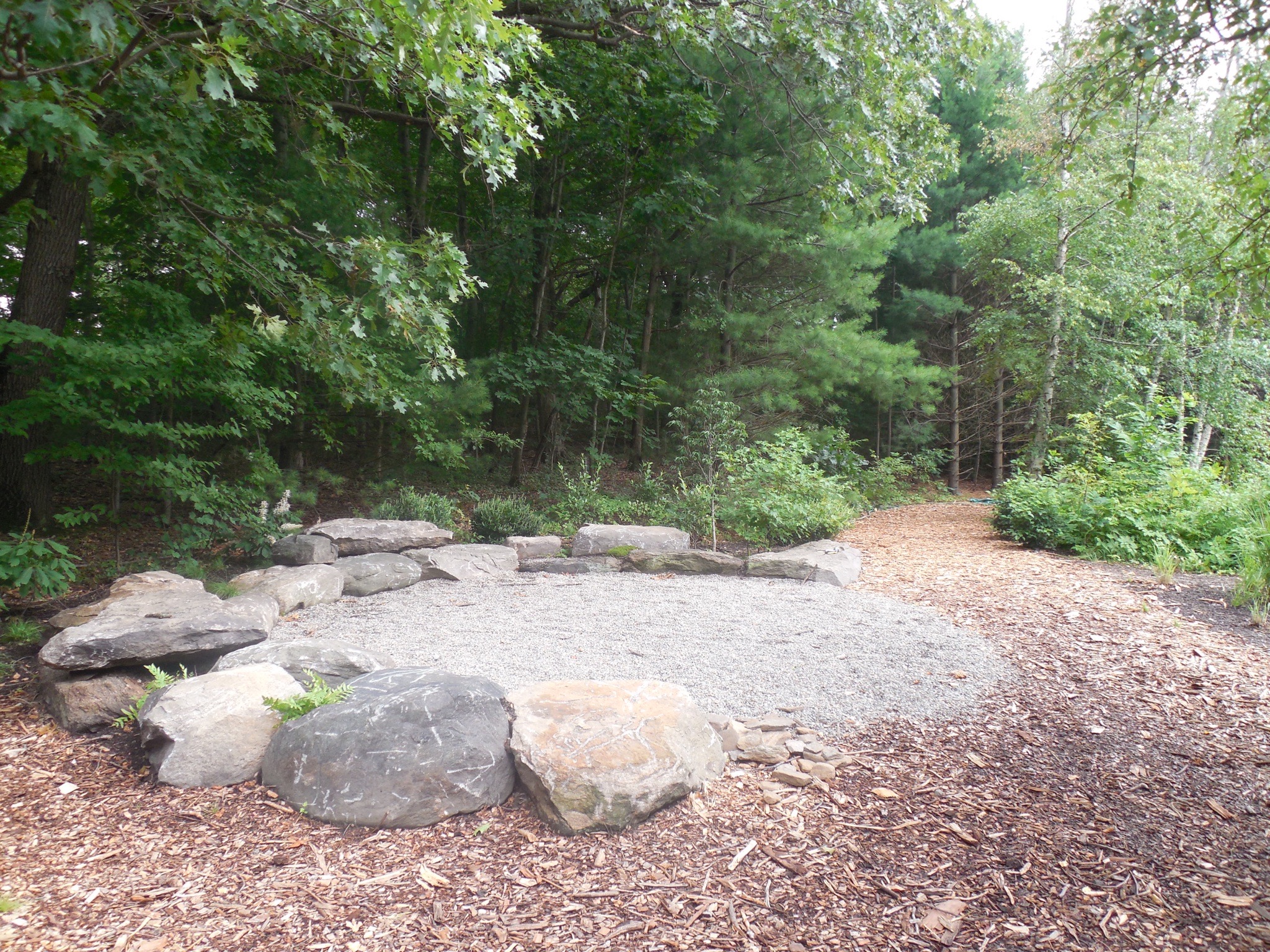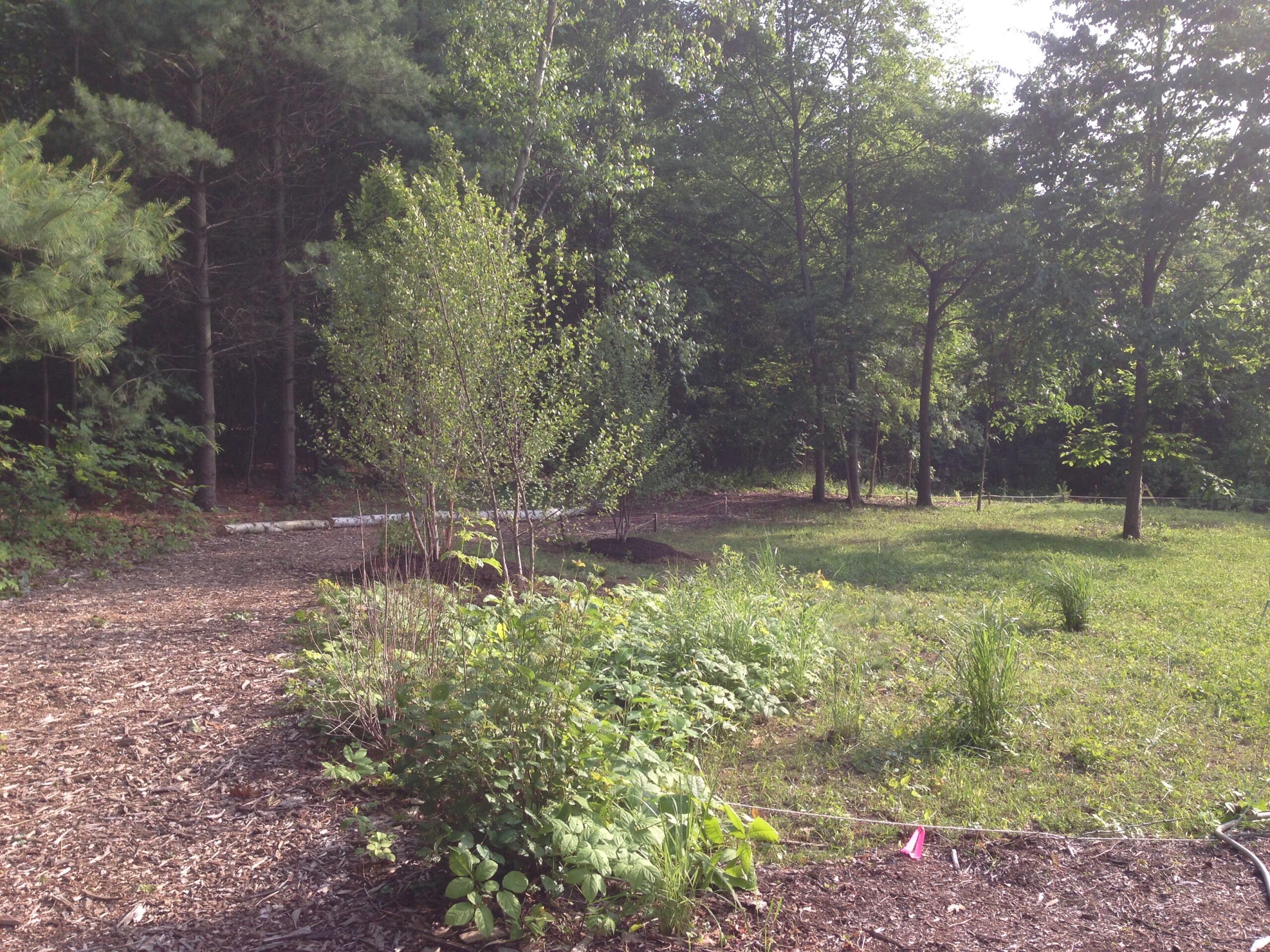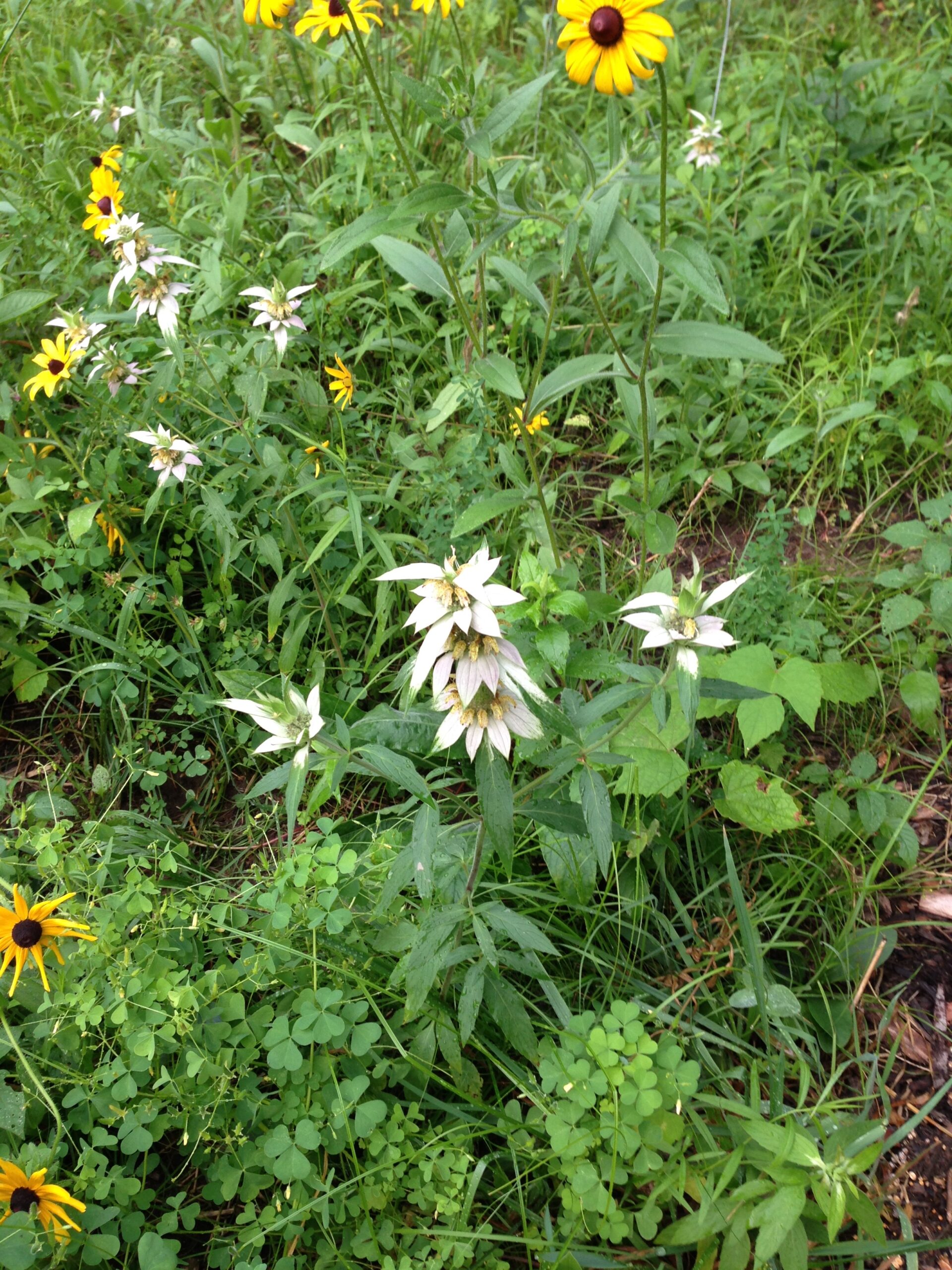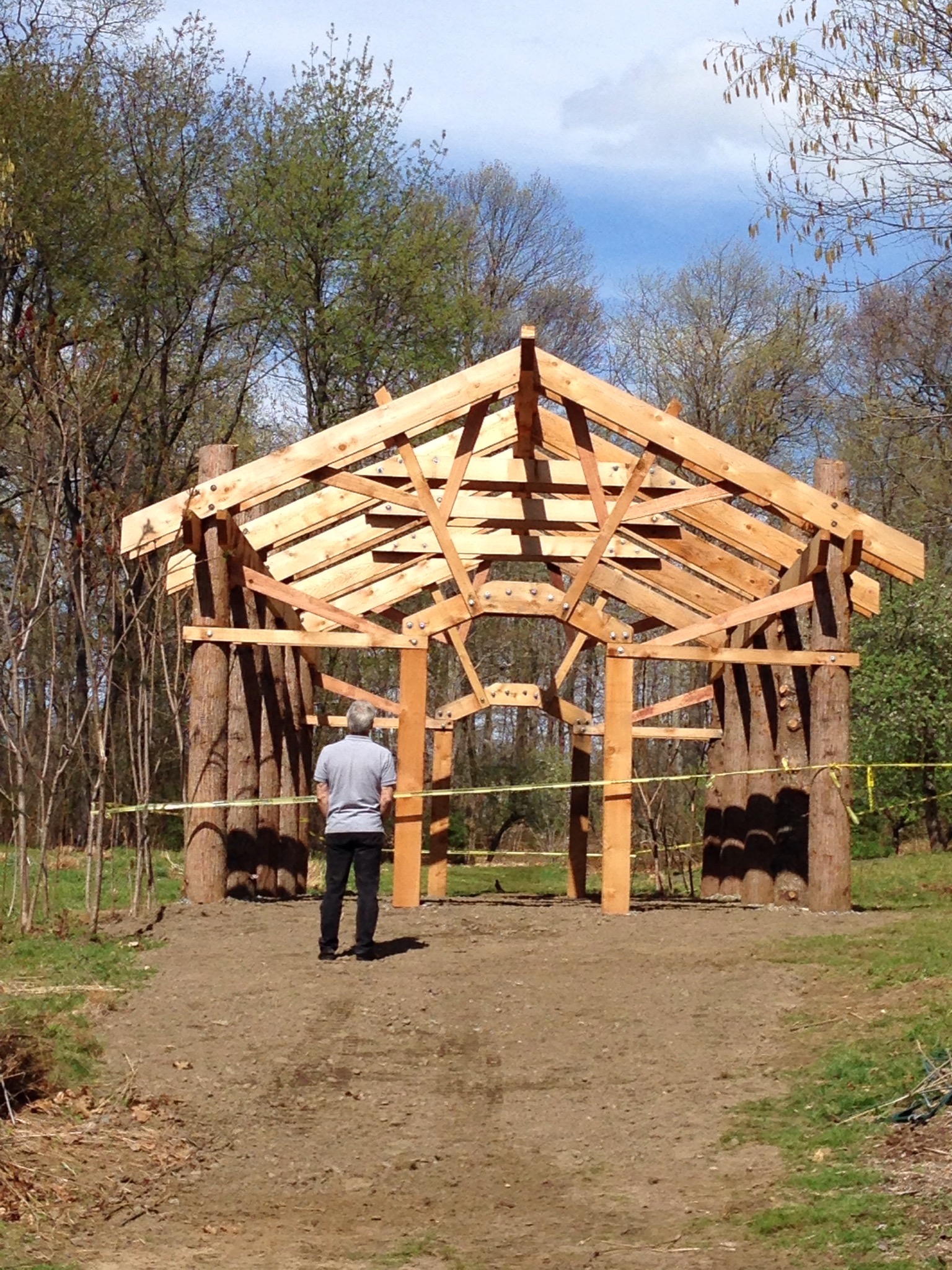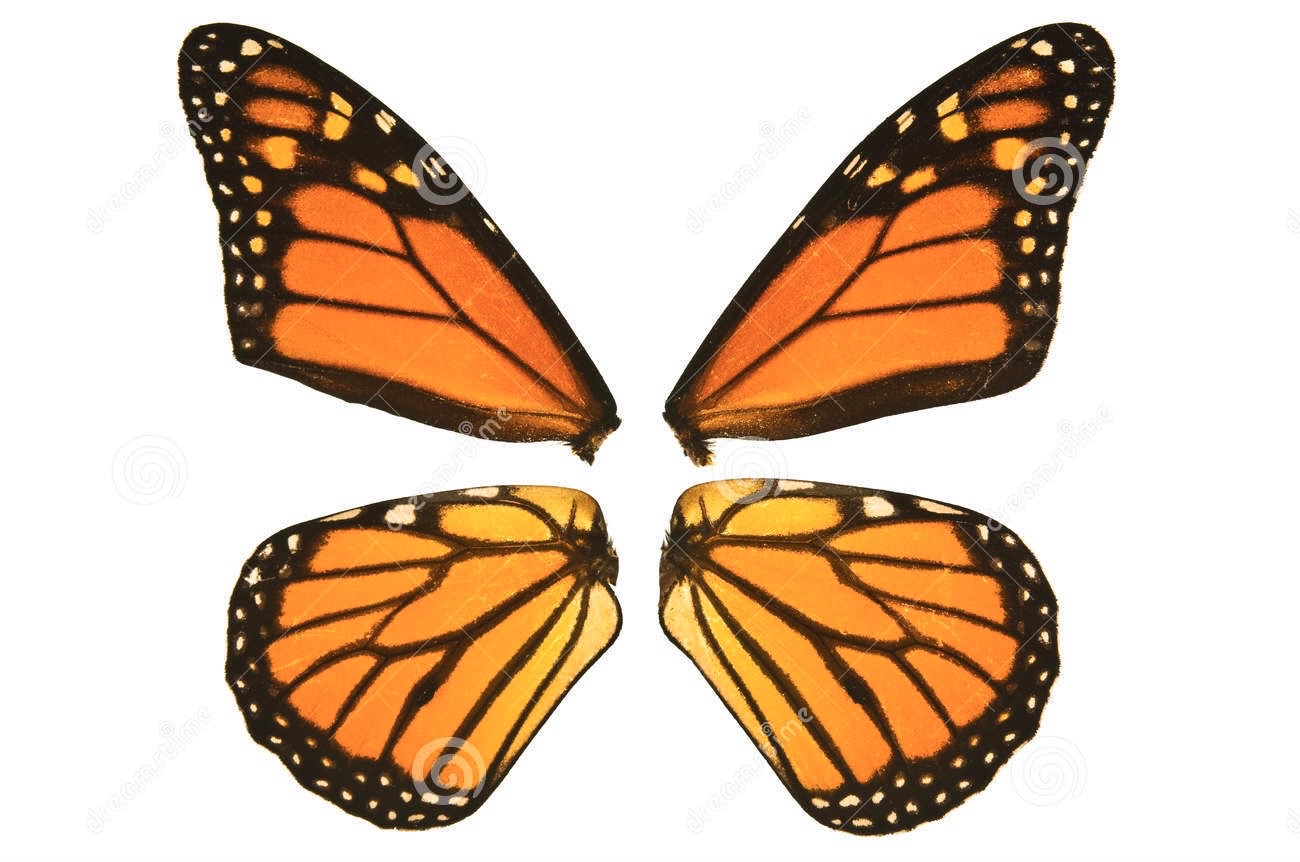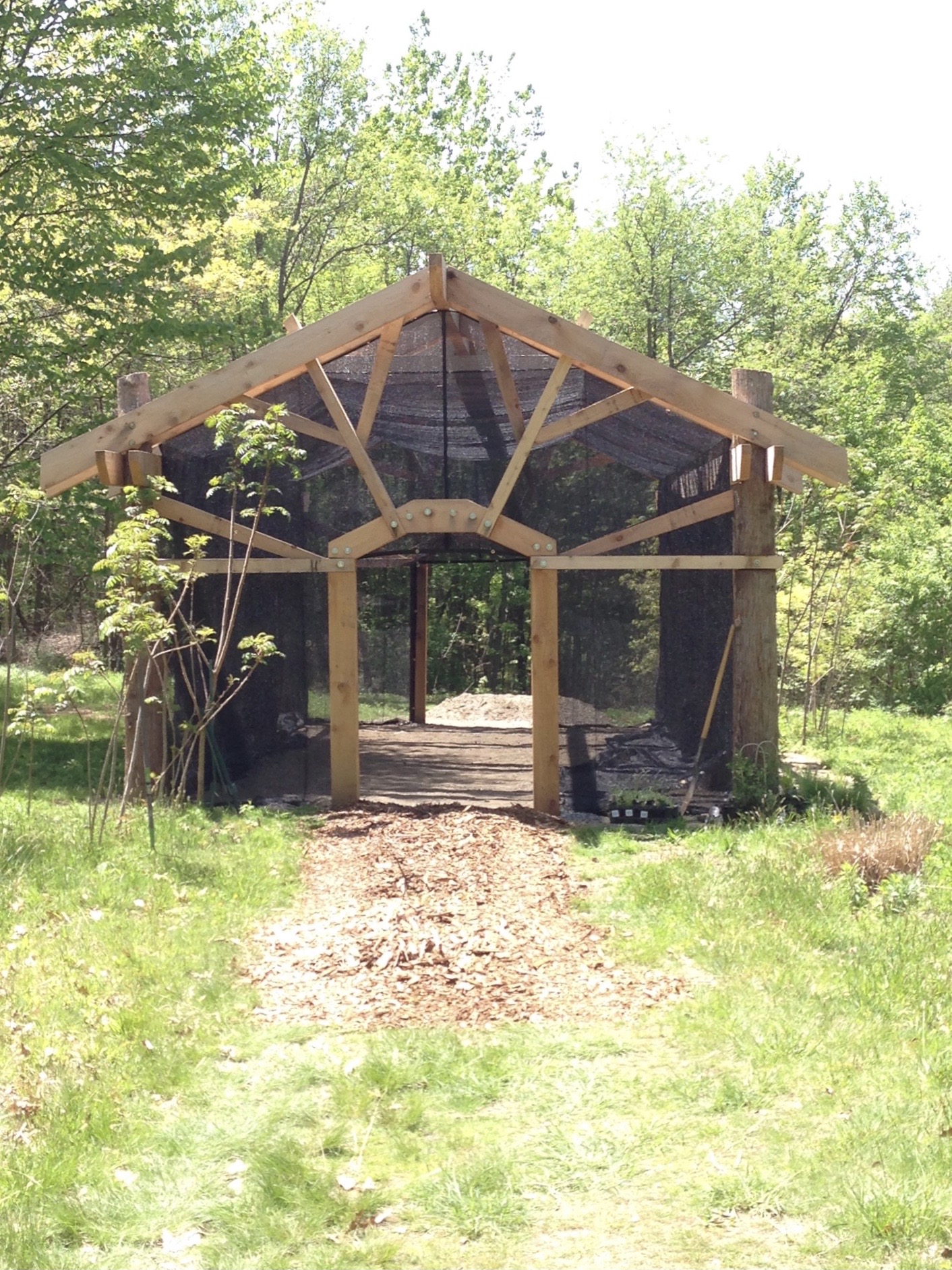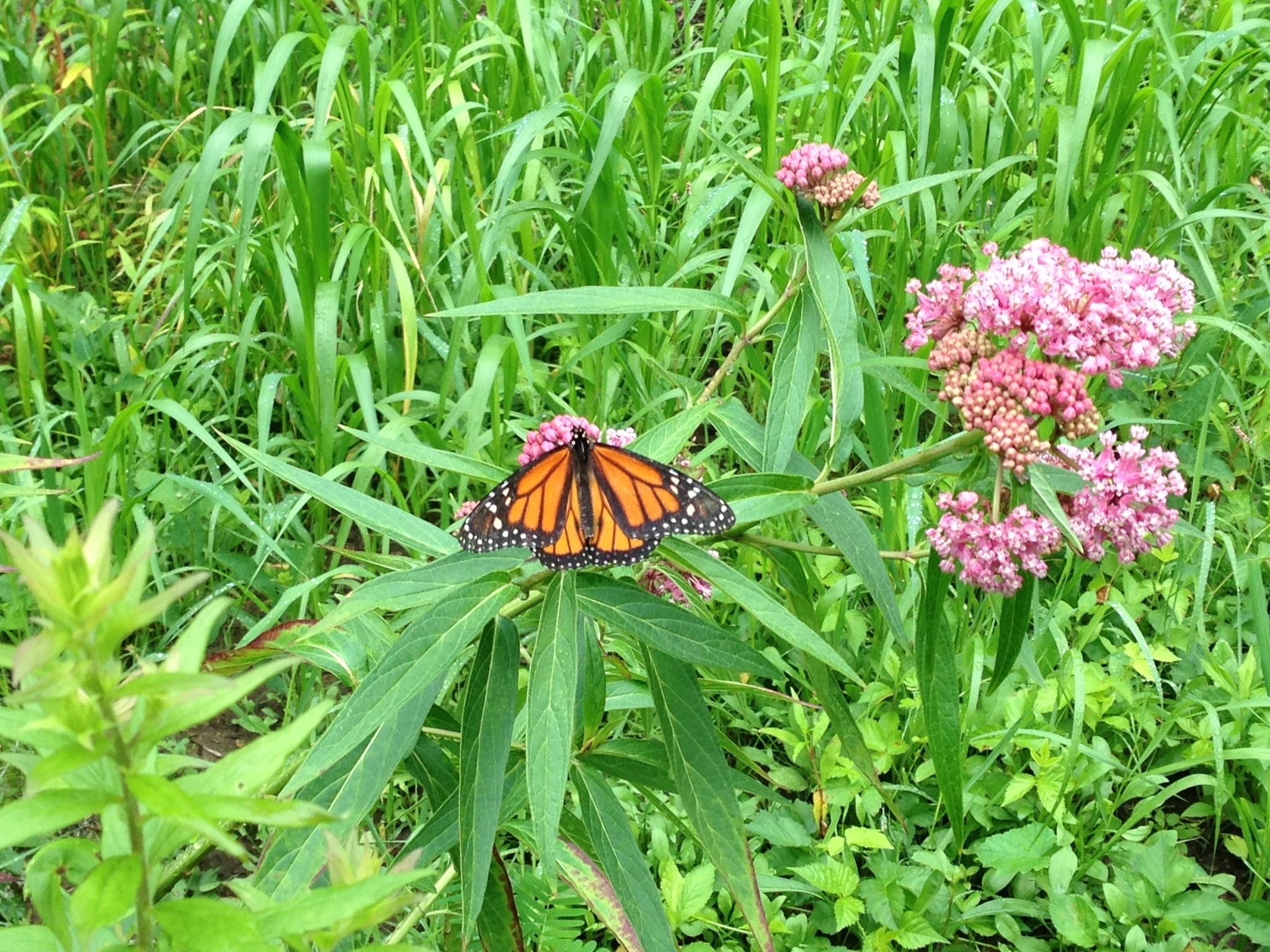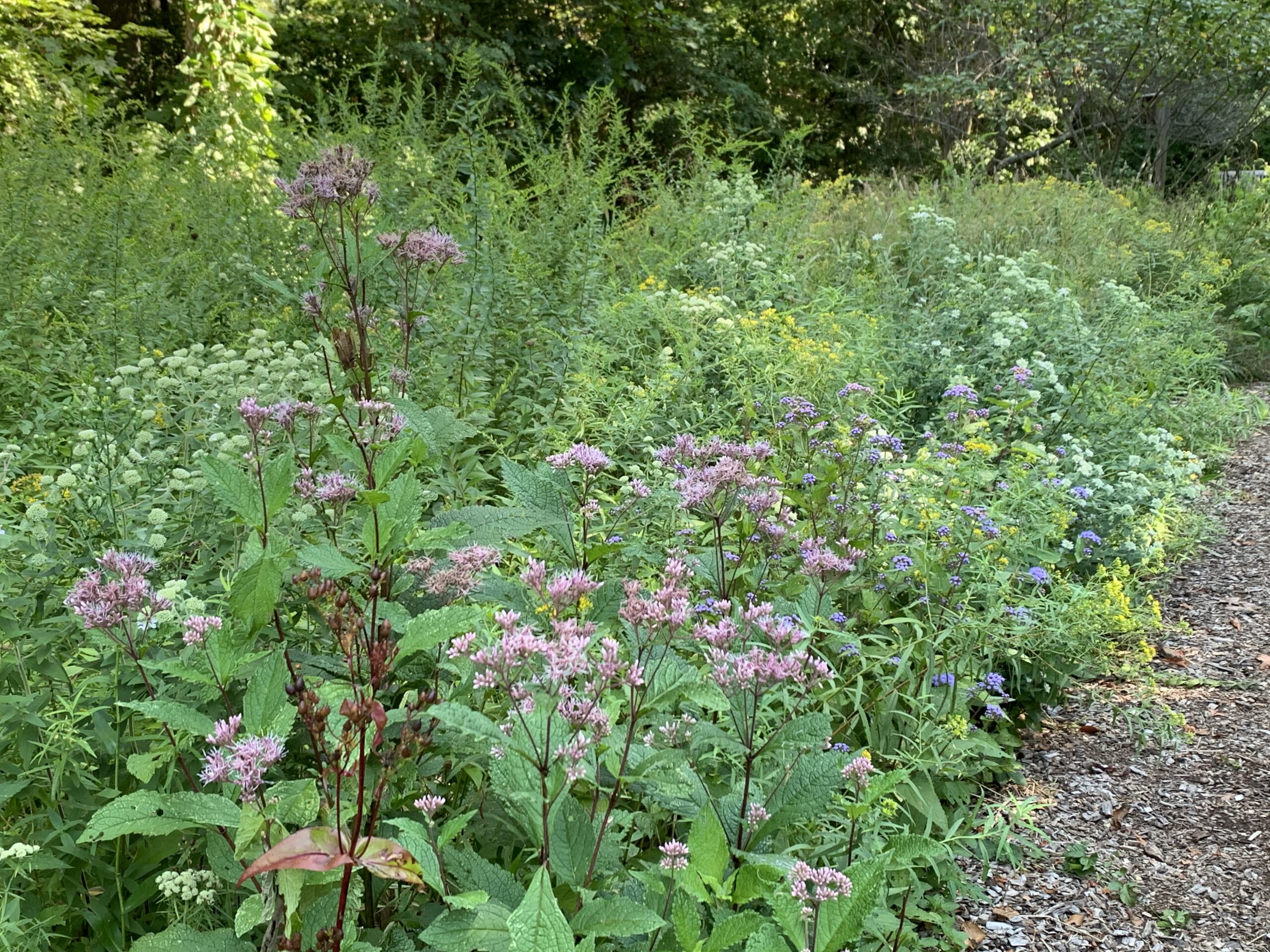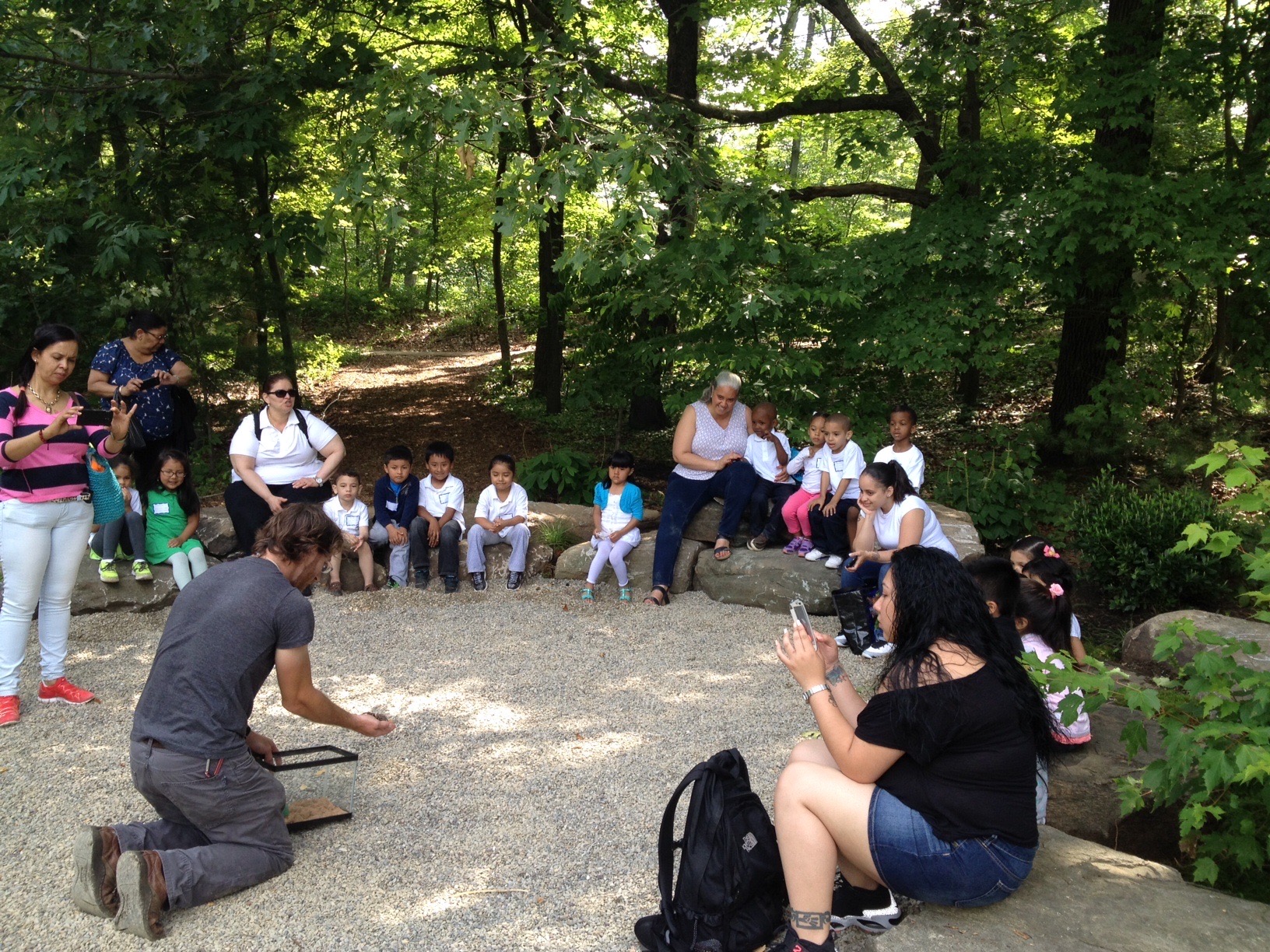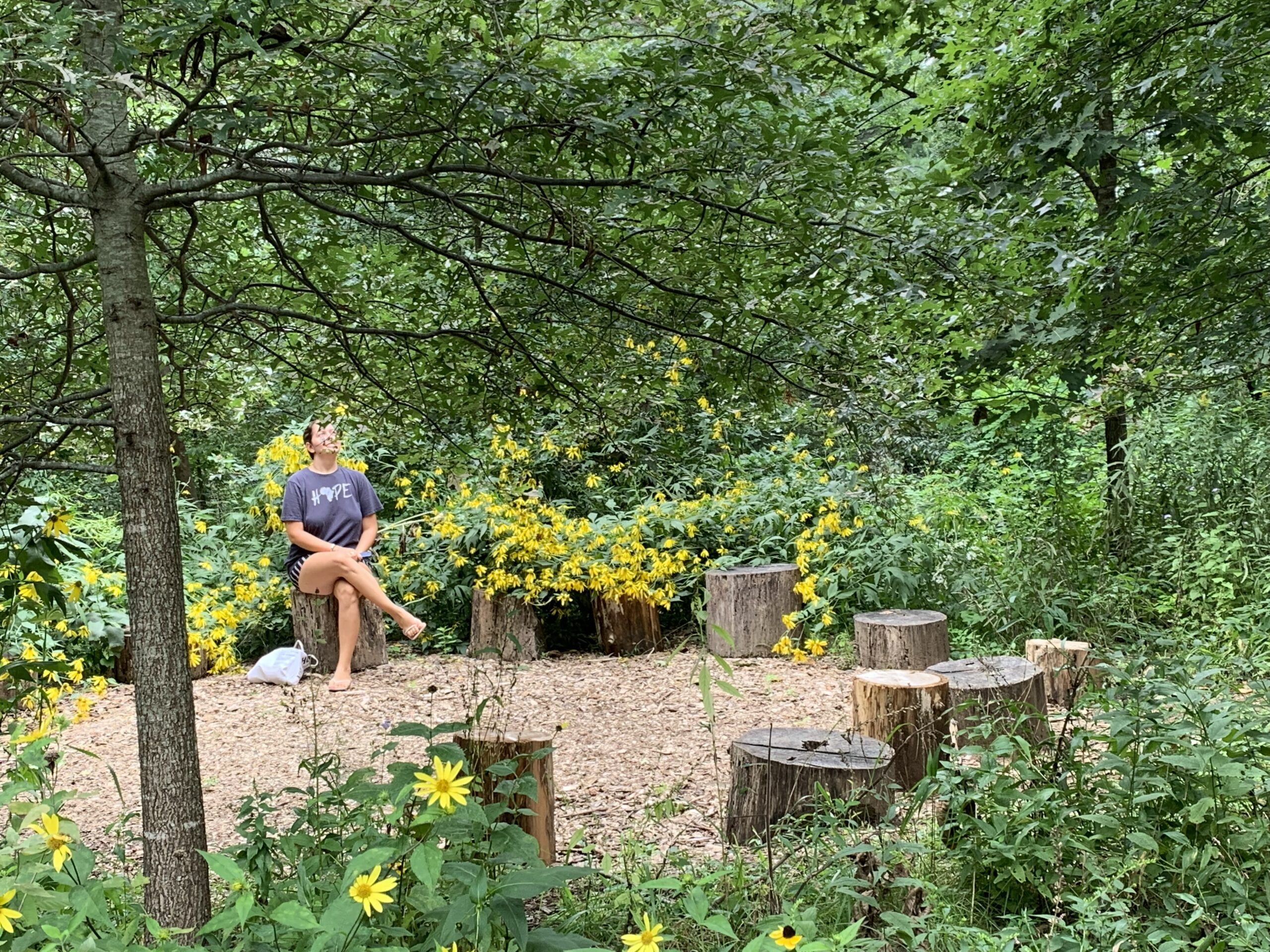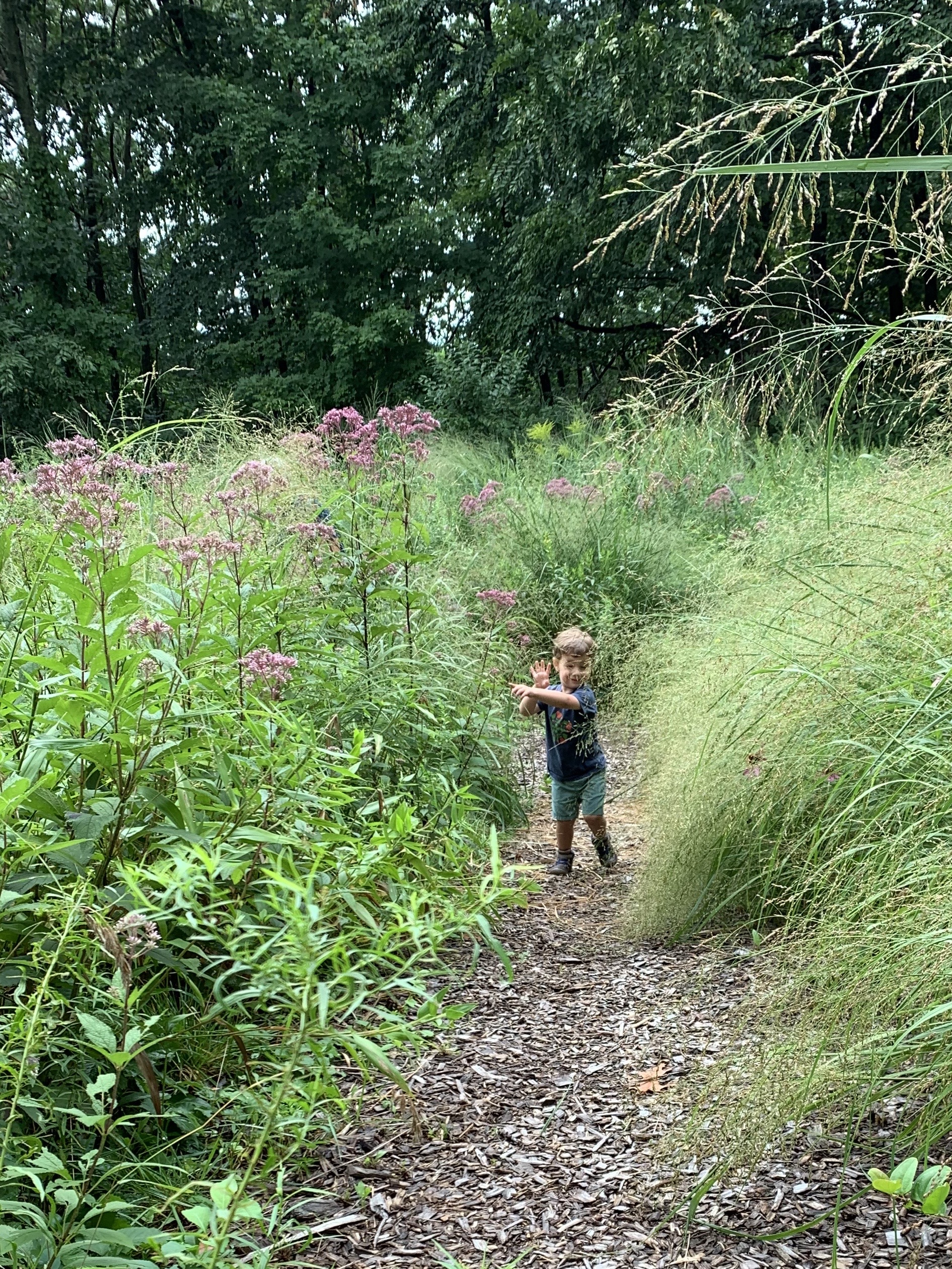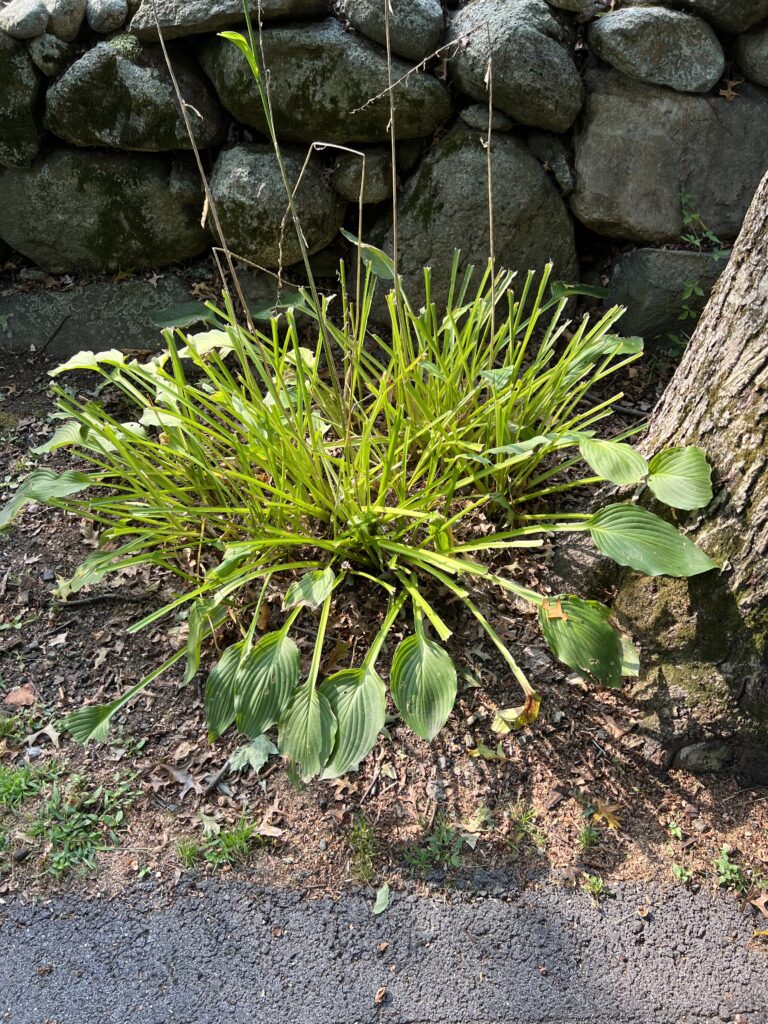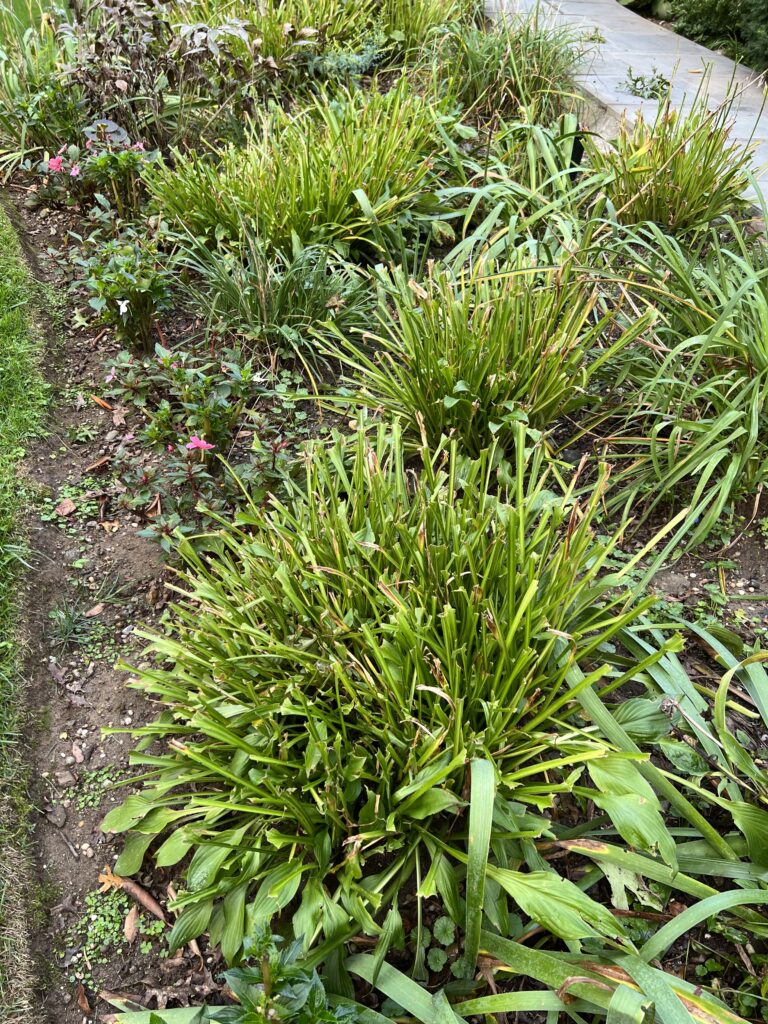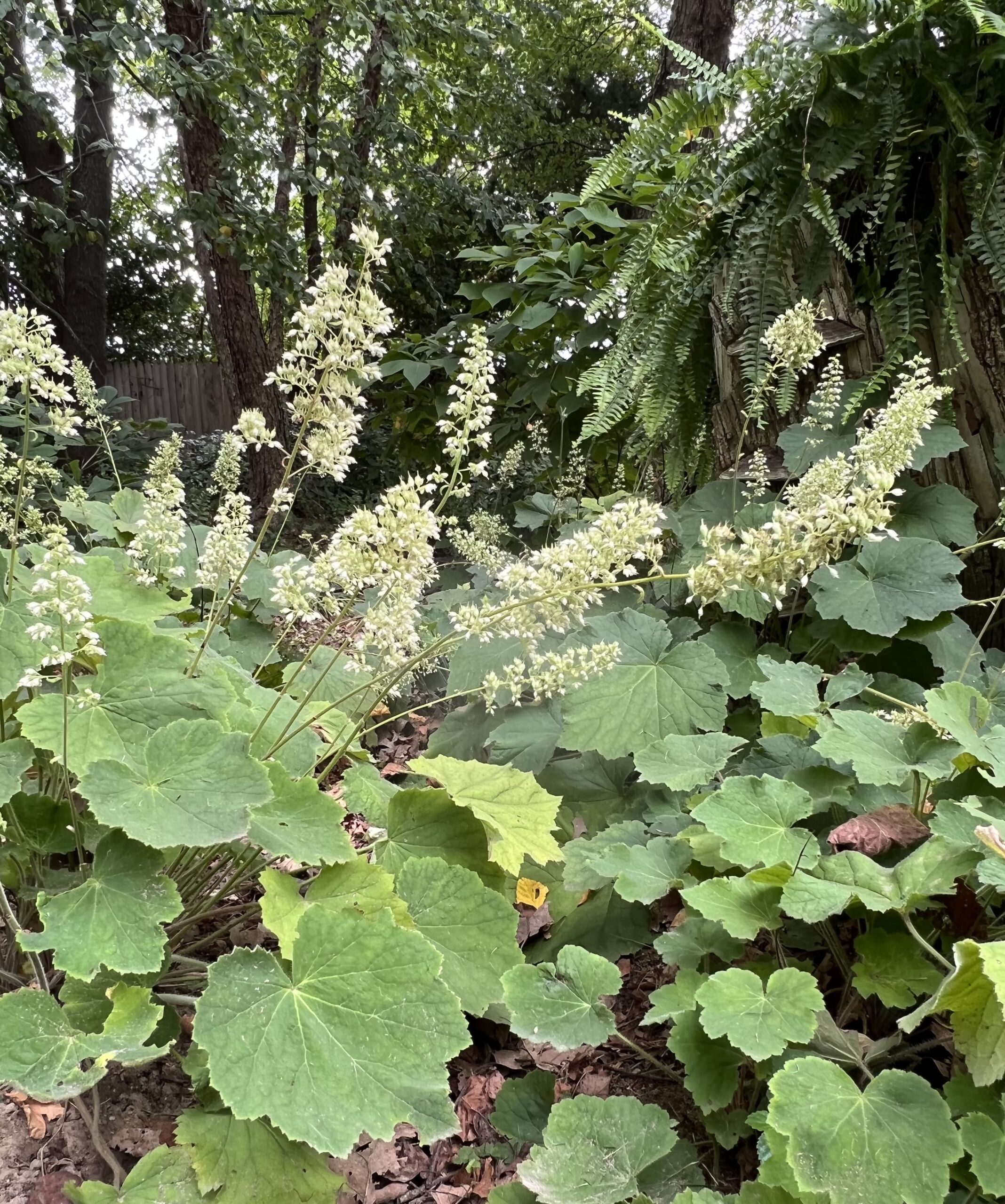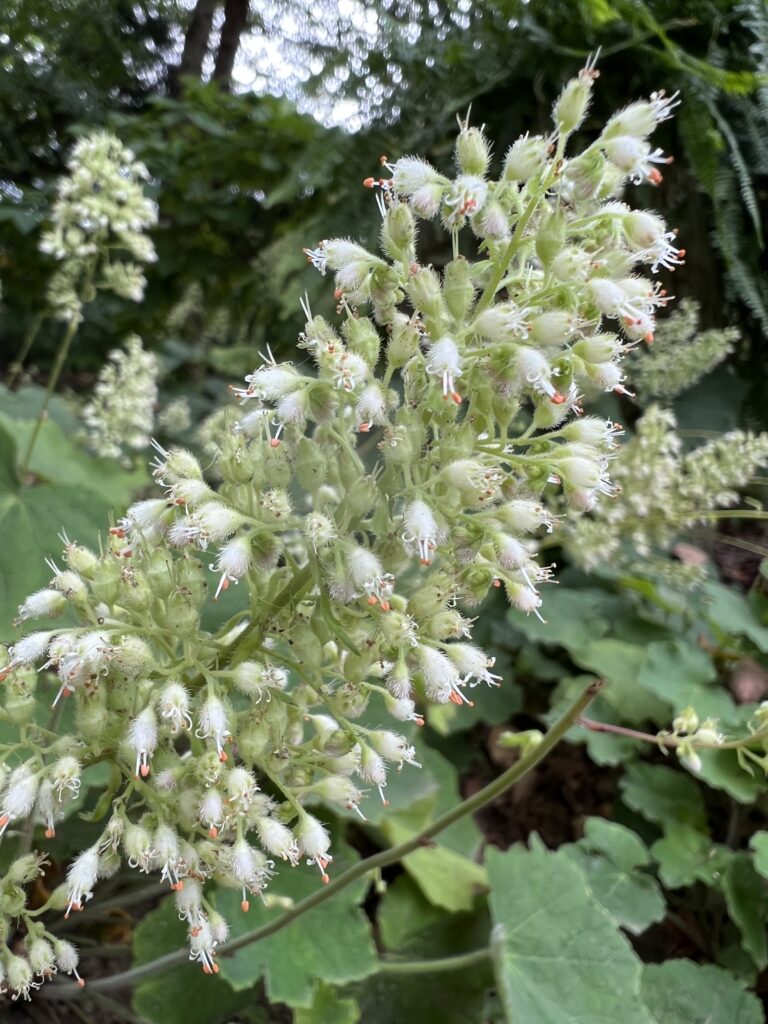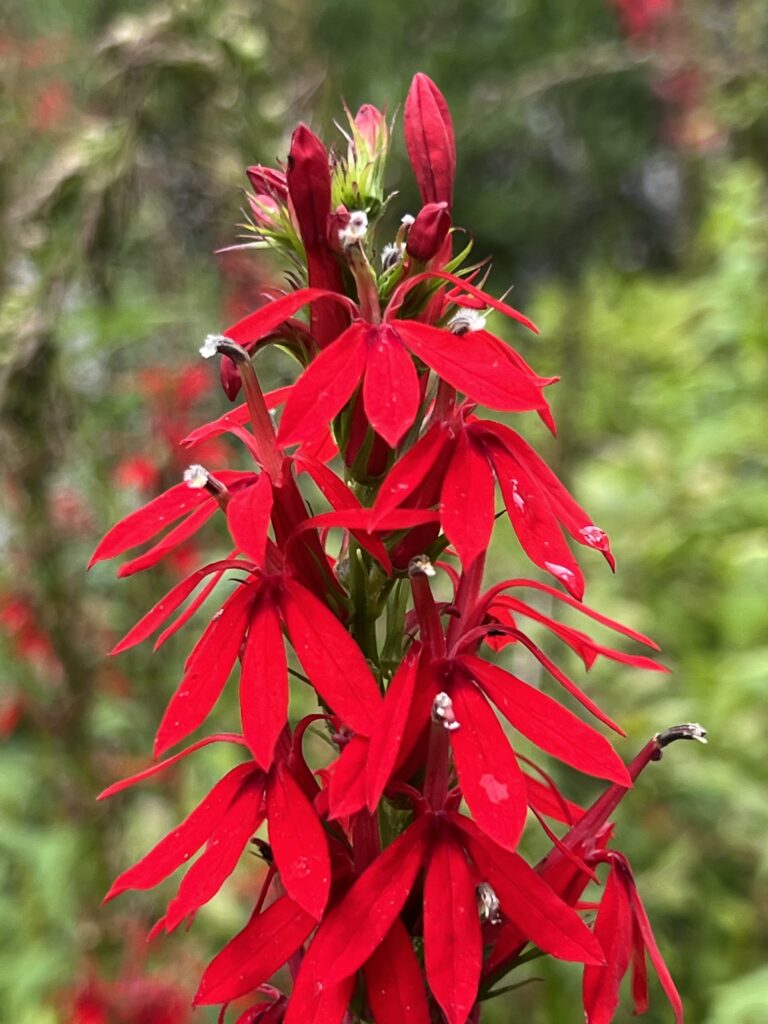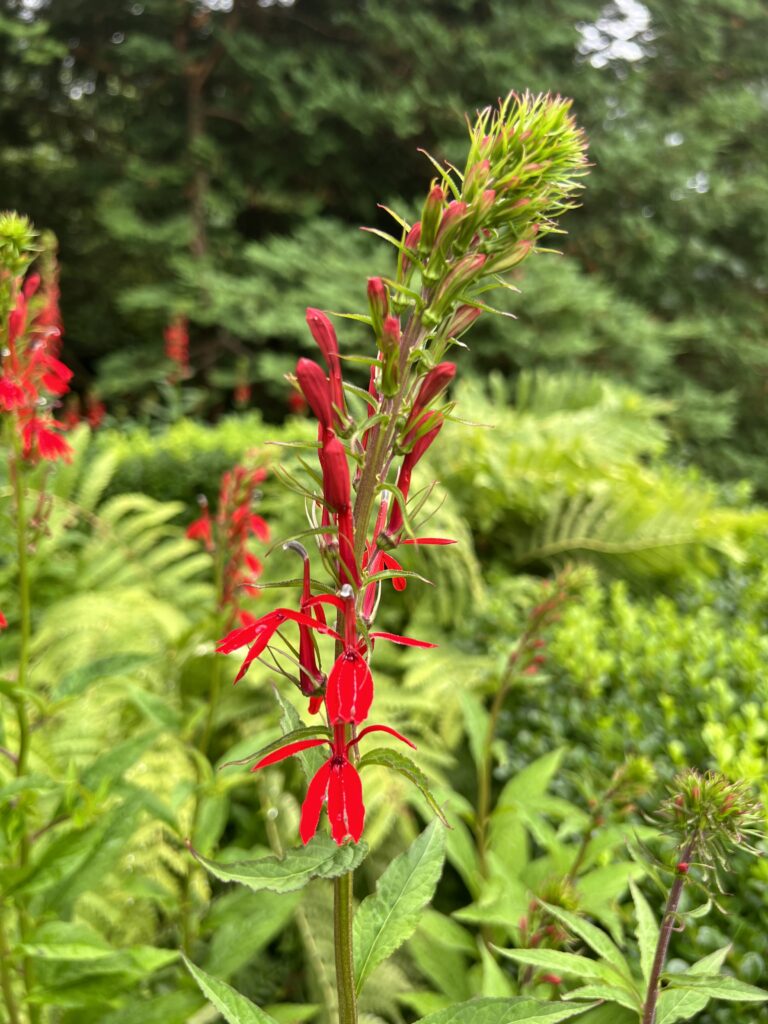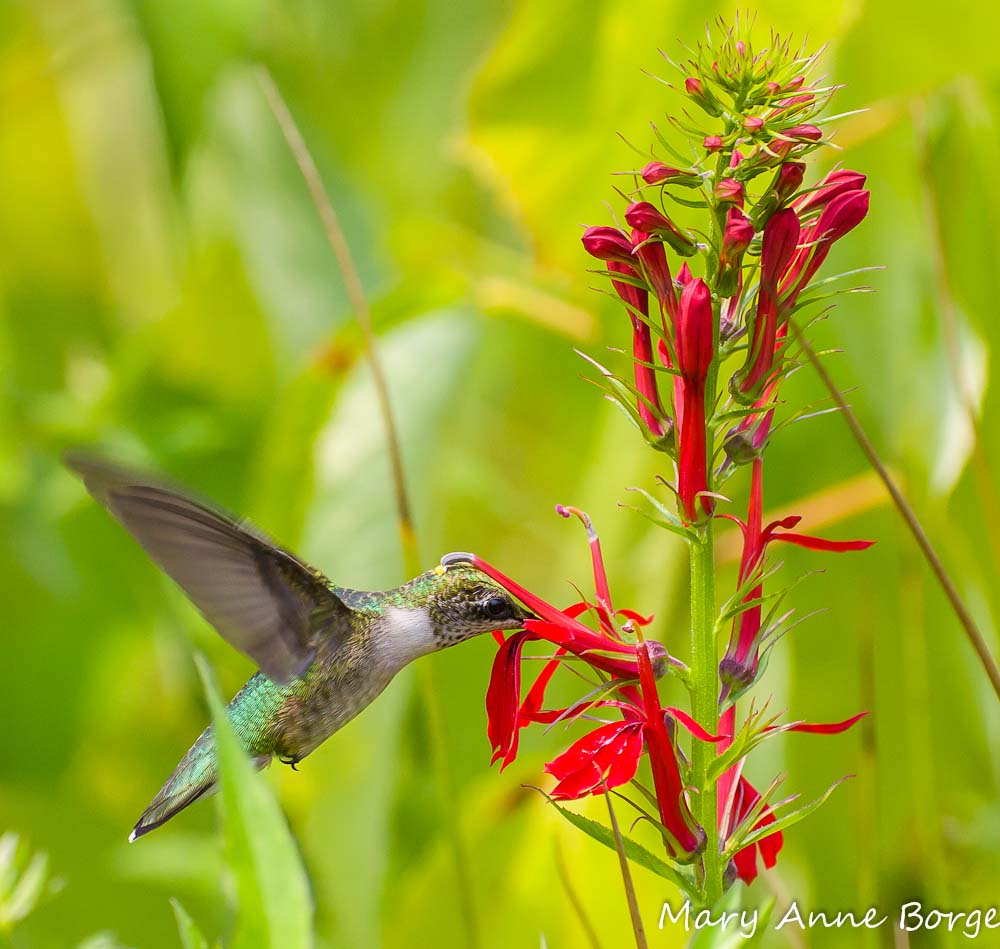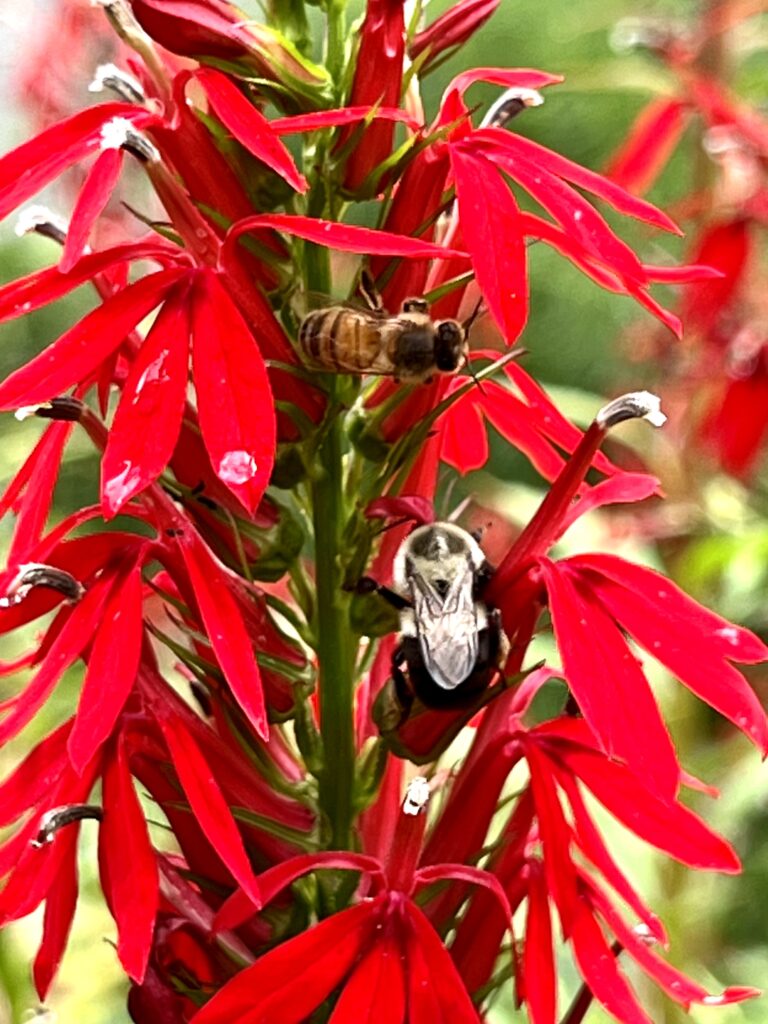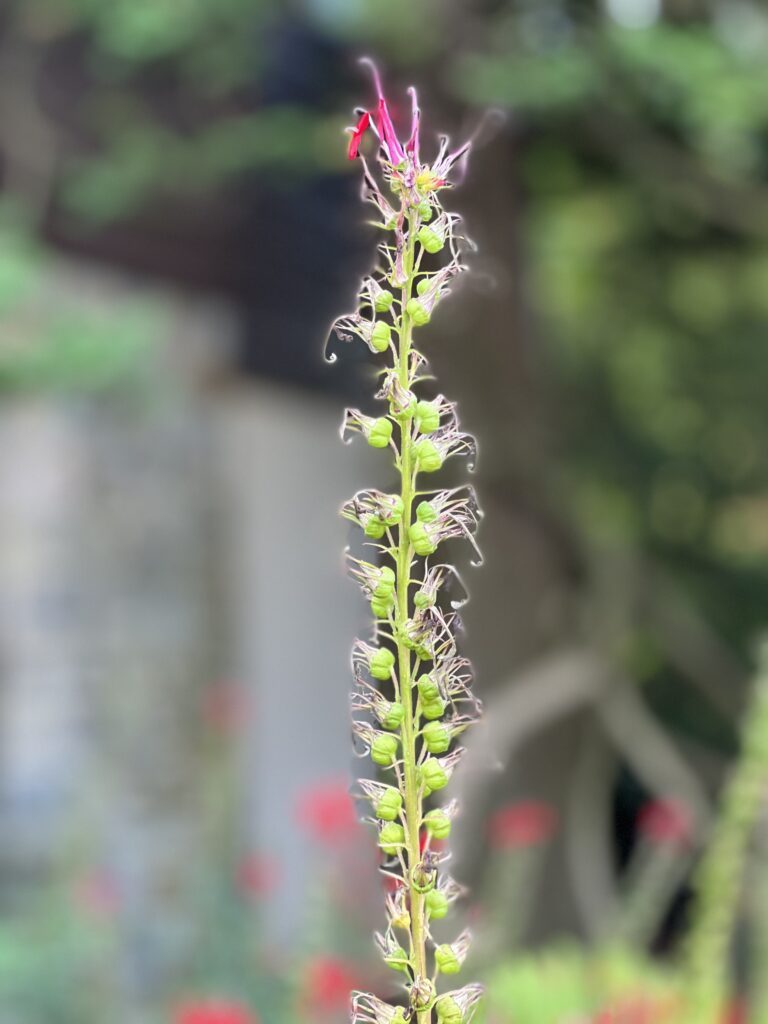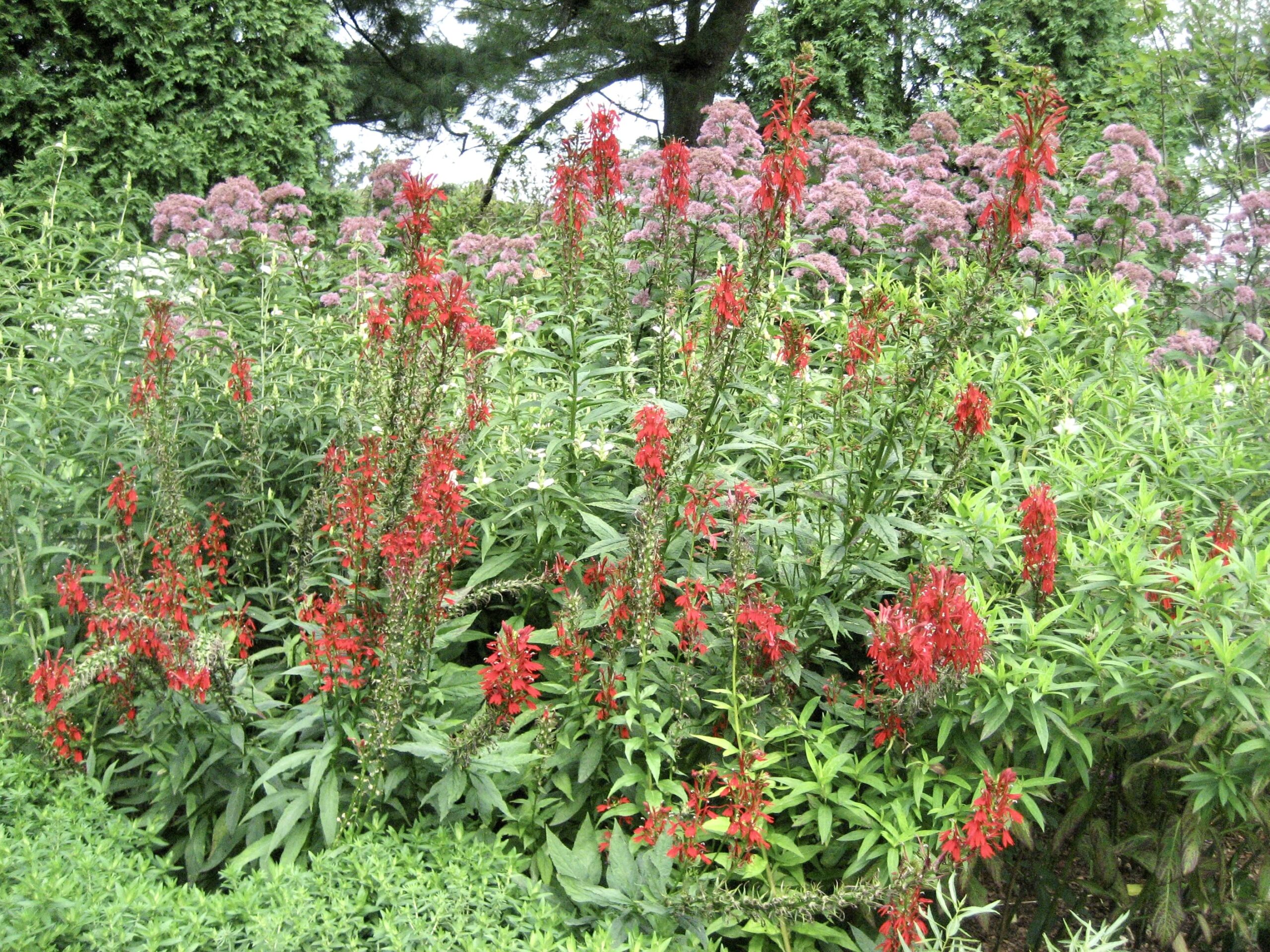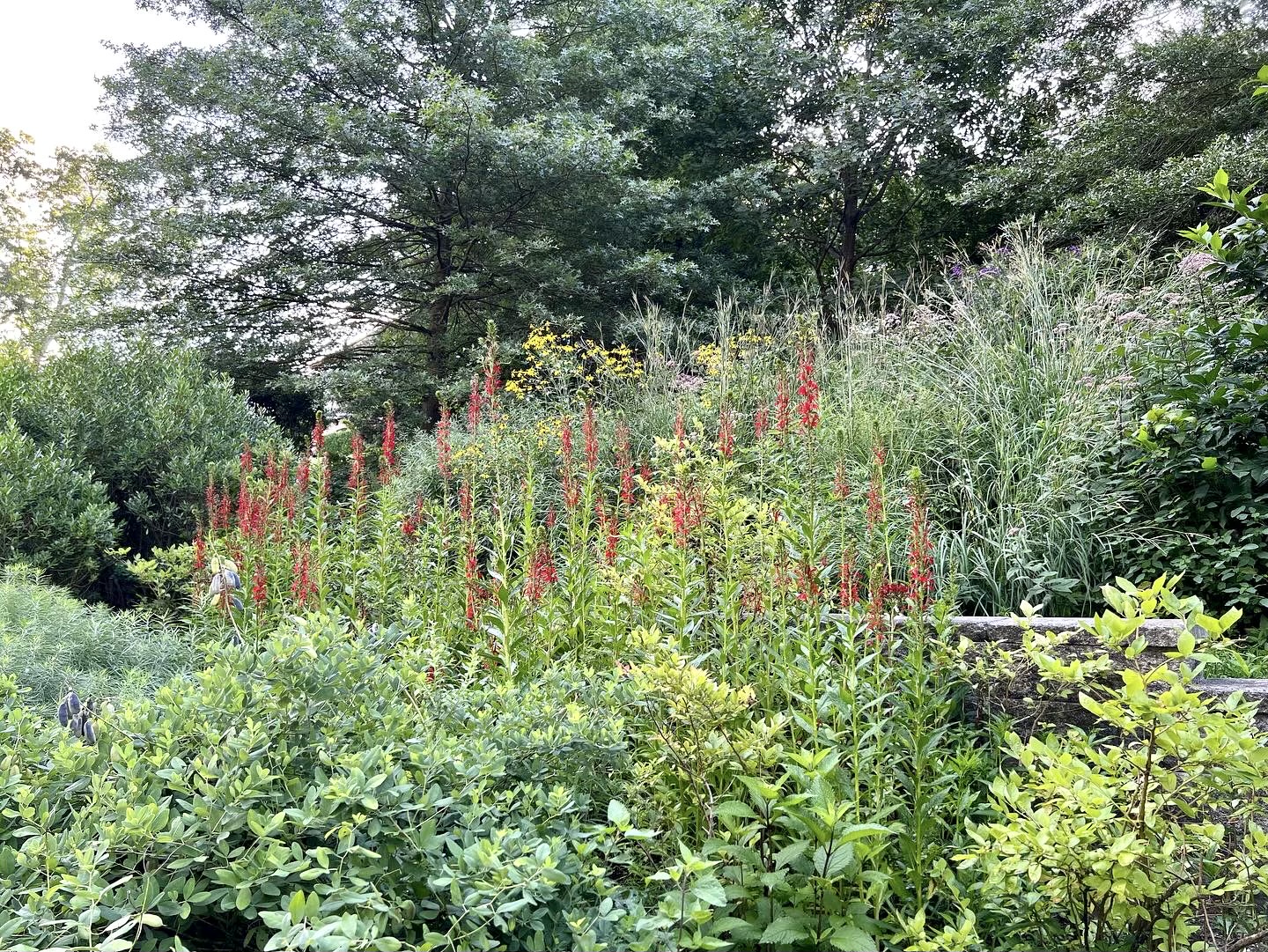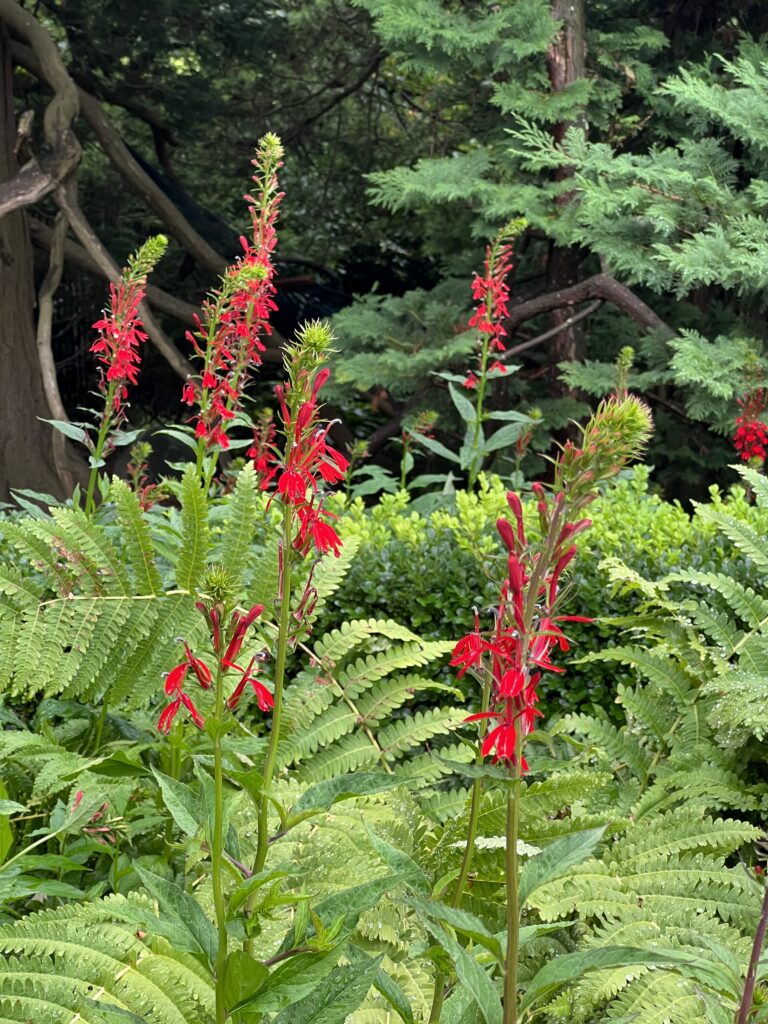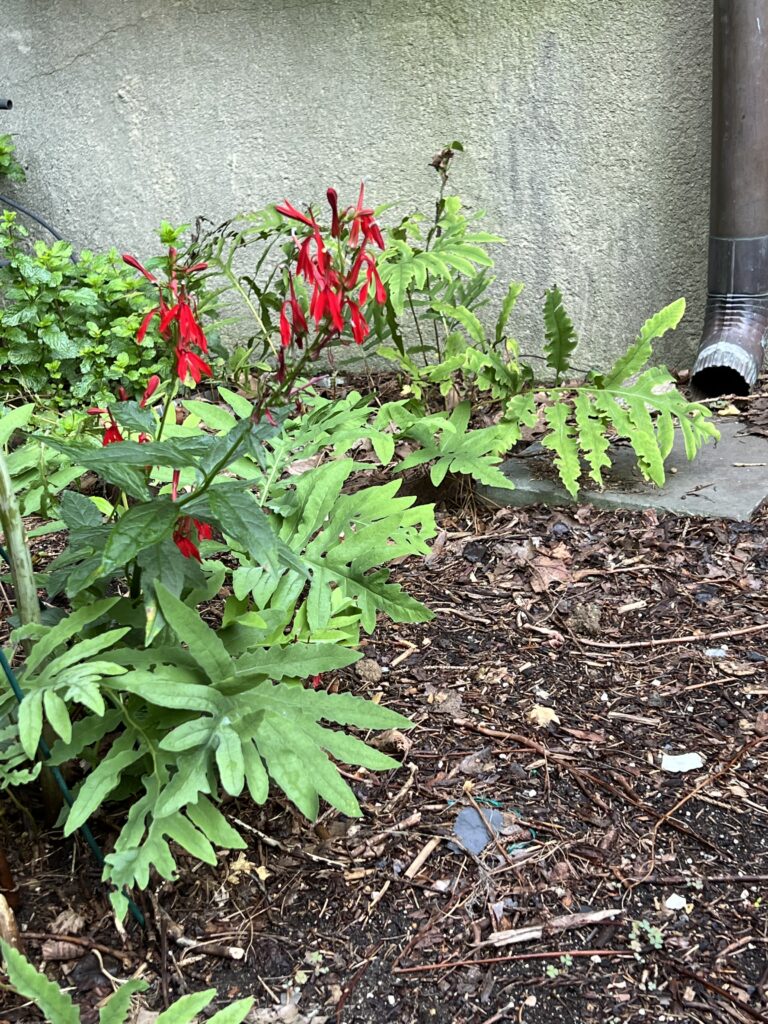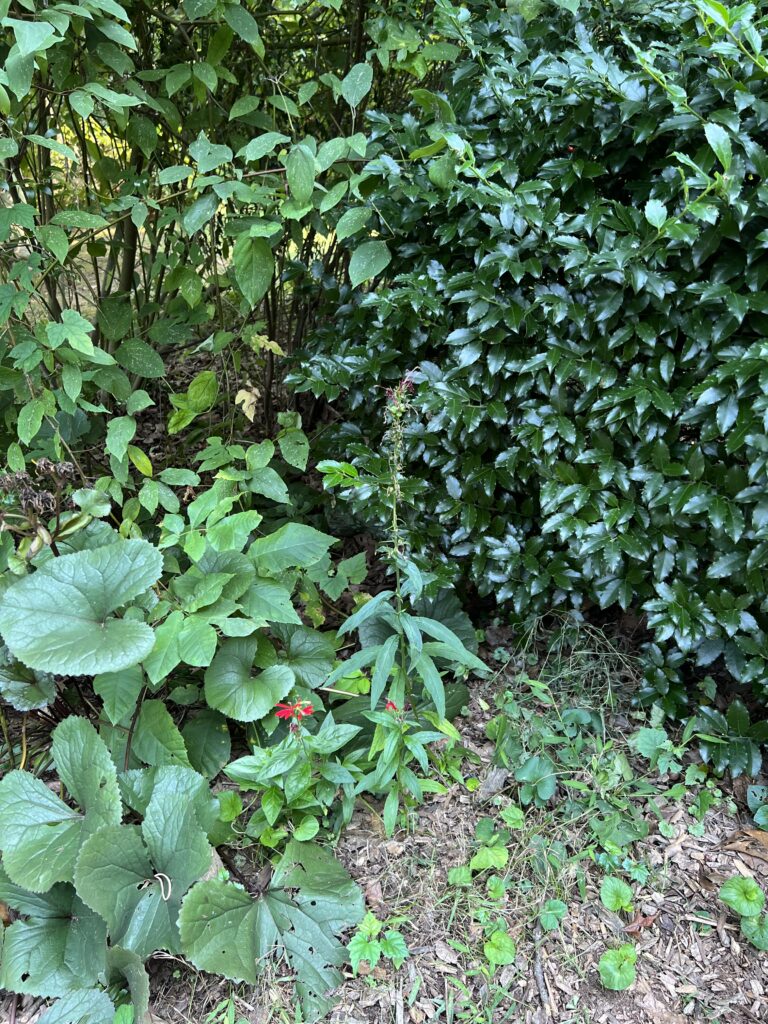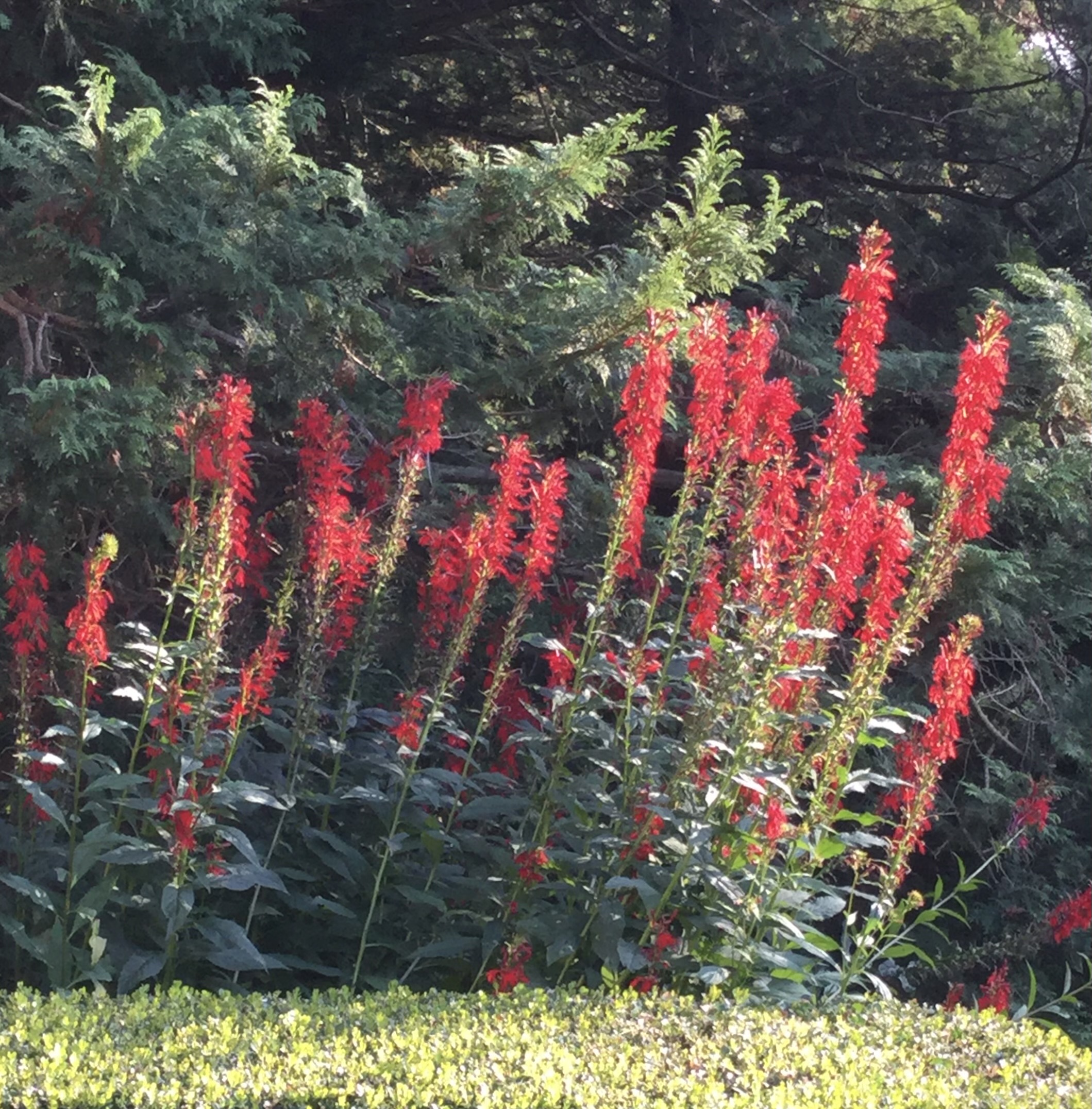It won’t be long now…the show is about to start!
Each spring, excitement builds as Eastern Bluestar (Amsonia tabernaemontana) breaks ground and gets ready for its performance, which happens in three acts! Amsonia is a 3-season performer. From May through November, this native plant is a star.
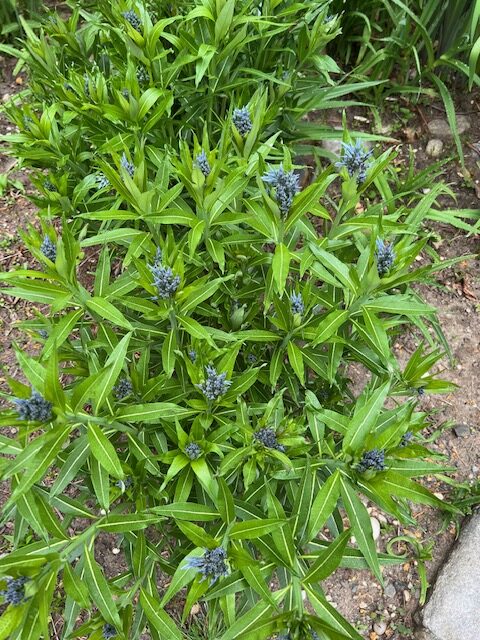
The overture starts in mid-spring when shiny green leaves emerge wrapped around deep blue flower buds. The buds ride along as the leafy stalks rise to a height of 30 to 40 inches. Soon, the real show begins as the pale blue stars that give the plant its common name open, attracting a huge variety of pollinators.
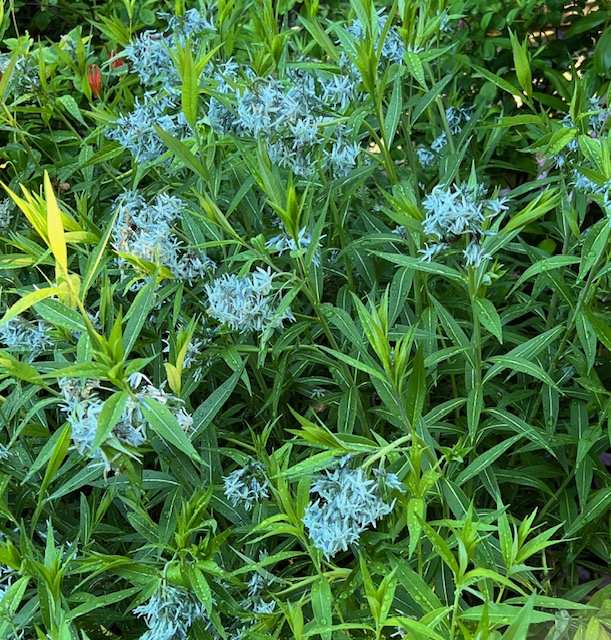
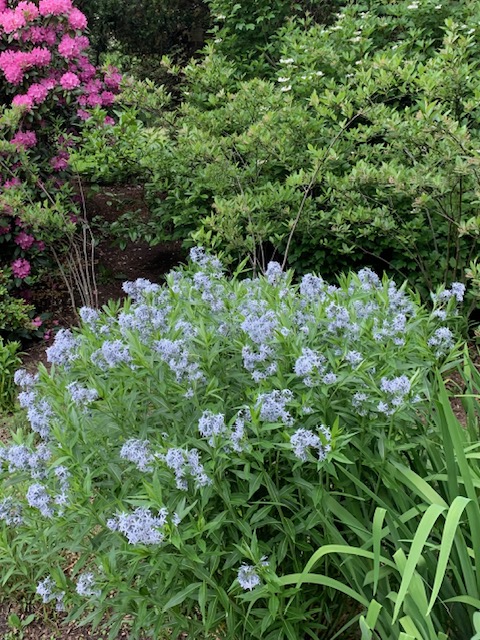
The second act lasts all summer long – four full months! Amsonia is a clump-forming perennial that functions almost like a shrub. In time, the plant expands slowly from the base, but does not spread easily either by rhizomes or seed. The glossy foliage looks fresh all summer, reaching about 3 feet tall and almost as wide, and mixes well in a garden border, or even in a meadow planting. The stems may be cut back a bit after flowering to keep the plant’s compact form, or allowed to arch out in a looser shape.
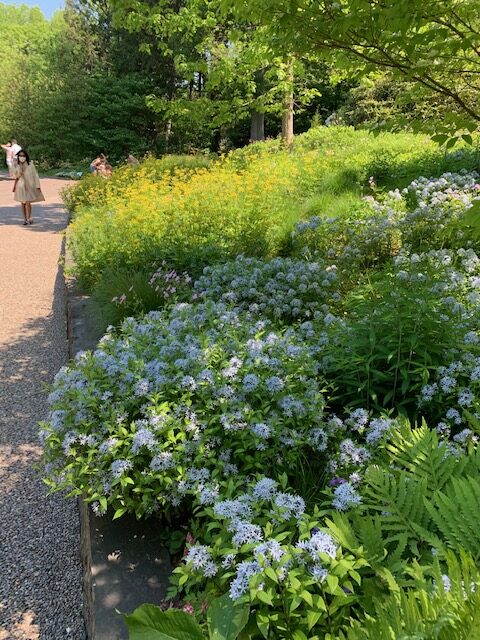
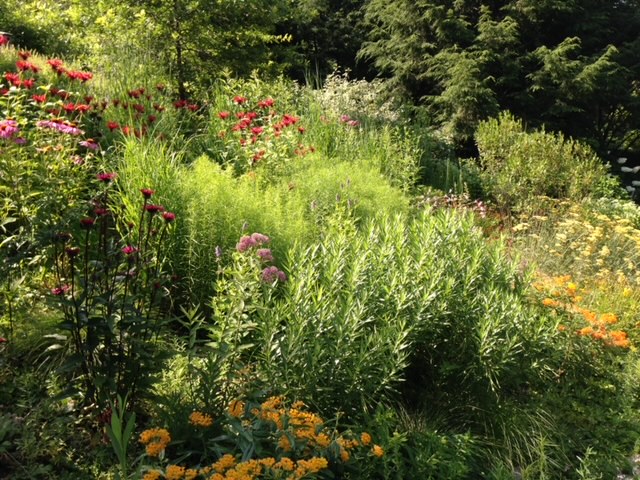
In Act Three, Amsonia turns bright yellow, and the fall color lasts for weeks! It looks great combined with evergreens and fall berries, or mixed with contrasting foliage colors. The plant goes dormant and dies back to the ground in winter after 7 months of extraordinary performance.
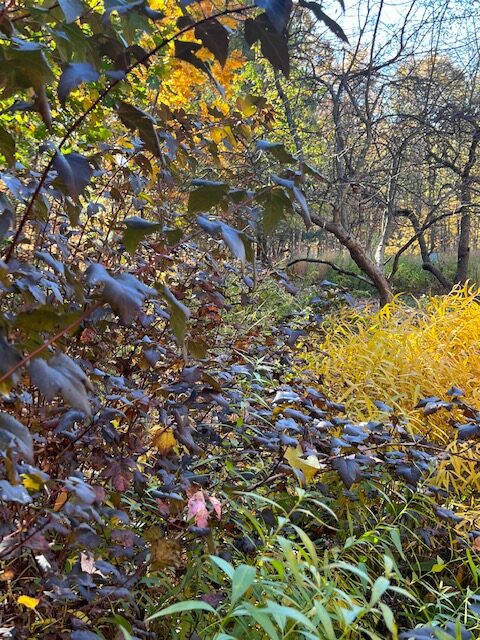
Native to moist woodland edges, and along streams and ponds from New York to Florida and west to Texas and Illinois, Eastern Bluestar is happy in Zones 3 through 9. Though its natural habitats are moist areas with well-drained soil, it is quite drought tolerant once it is established, and is reported to tolerate clay as well. It prefers full sun in the northern part of its range, but appreciates some afternoon shade in warmer regions.
Young plants may take a few seasons to get established, but Amsonia is a long-lived perennial. After a few years, the base of the plant becomes quite woody and difficult to divide, but left alone, it comes back year after year for a decade or more. And Amsonia is pest resistant – it has white latex sap that deer and other critters avoid. Gardeners with latex allergies may also wish to avoid it by wearing gloves.
It’s surprising that Eastern Bluestar isn’t better known among today’s gardeners since even its name dates back to Colonial times. Amsonia was named for a physician and amateur botanist, John Amson, who lived in Williamsburg, Virginia and once had a very famous patient. In 1758, George Washington was worried that he had contracted “consumption” (tuberculosis) during the French and Indian War. Fearing the worst, he visited Dr. Amson for advice. The good doctor reassured General Washington that he had nothing more than a common cold and was not going to die. To honor the esteemed Dr. Amson, the botanist John Clayton named the perennial flower “Amsonia” shortly thereafter.
If you go shopping for Amsonia tabernaemontana, you are likely to run into a few other Amsonias, and there can be some confusion here. A variety called Amsonia tabernaemontana var. salicifolia is native to the southeastern U.S. and has slightly narrower leaves than the northern species. It is often sold in nurseries in the Northeast, and is difficult to distinguish unless they are viewed side-by-side. There is no particular reason to avoid salicifolia unless you are in the Northeast and trying to plant strictly local native species.
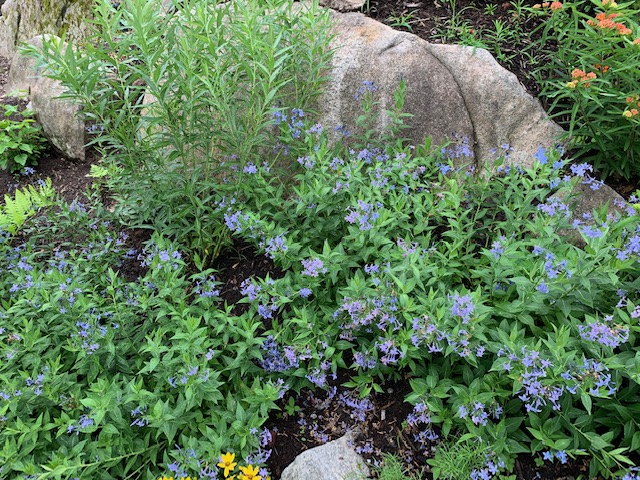
A more perplexing issue is presented by Amsonia ‘Blue Ice,’ which is being widely sold and is becoming increasingly popular. A few years ago, a commercial grower with a greenhouse full of Amsonia tabernaemontana noticed some plants in the crowd with slightly larger and darker blue flowers and foliage more compact than the species. Horticulturists first classed ‘Blue Ice’ as a “selection,” a naturally-occurring variation with desirable characteristics that is then cultivated for sale by stem cuttings. Further study, however, has suggested that ‘Blue Ice’ is of “uncertain parentage,” which sounds a bit scandalous and could mean that ‘Blue Ice’ is a hybrid or an accidental introduction or something else altogether. At present, although the genetic mystery rules out the plant for purists, it really is a lovely garden perennial. ‘Blue Ice’ stays under 2 feet tall, which is great in smaller gardens.
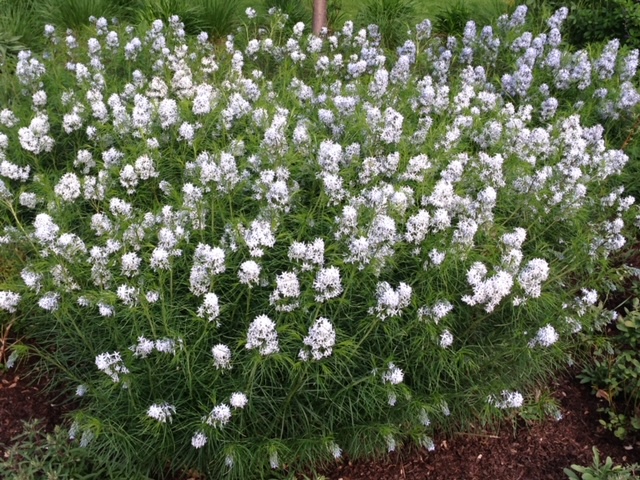
There is another popular species of Amsonia called Amsonia hubrichtii or Threadleaf Bluestar, which is native only to Arkansas and Oklahoma. Although it is a fine garden plant, and is regularly sold outside its native range, you will maximize ecological benefits in your own area by planting the species that is native there.
For most of the Eastern US, and much of the Southcentral US, Amsonia tabernaemontana, our own Eastern Bluestar, is the true perennial star. Let the show begin!
